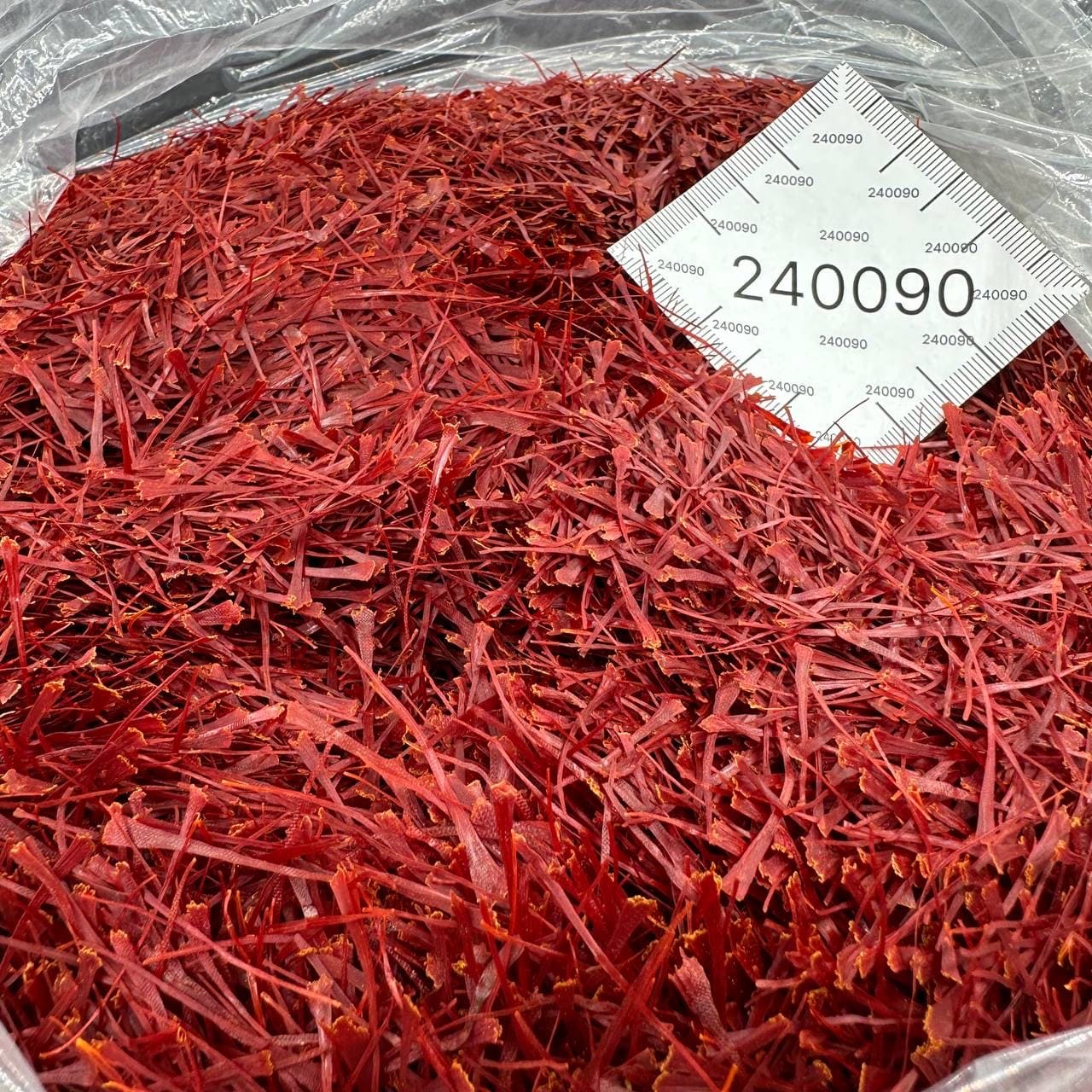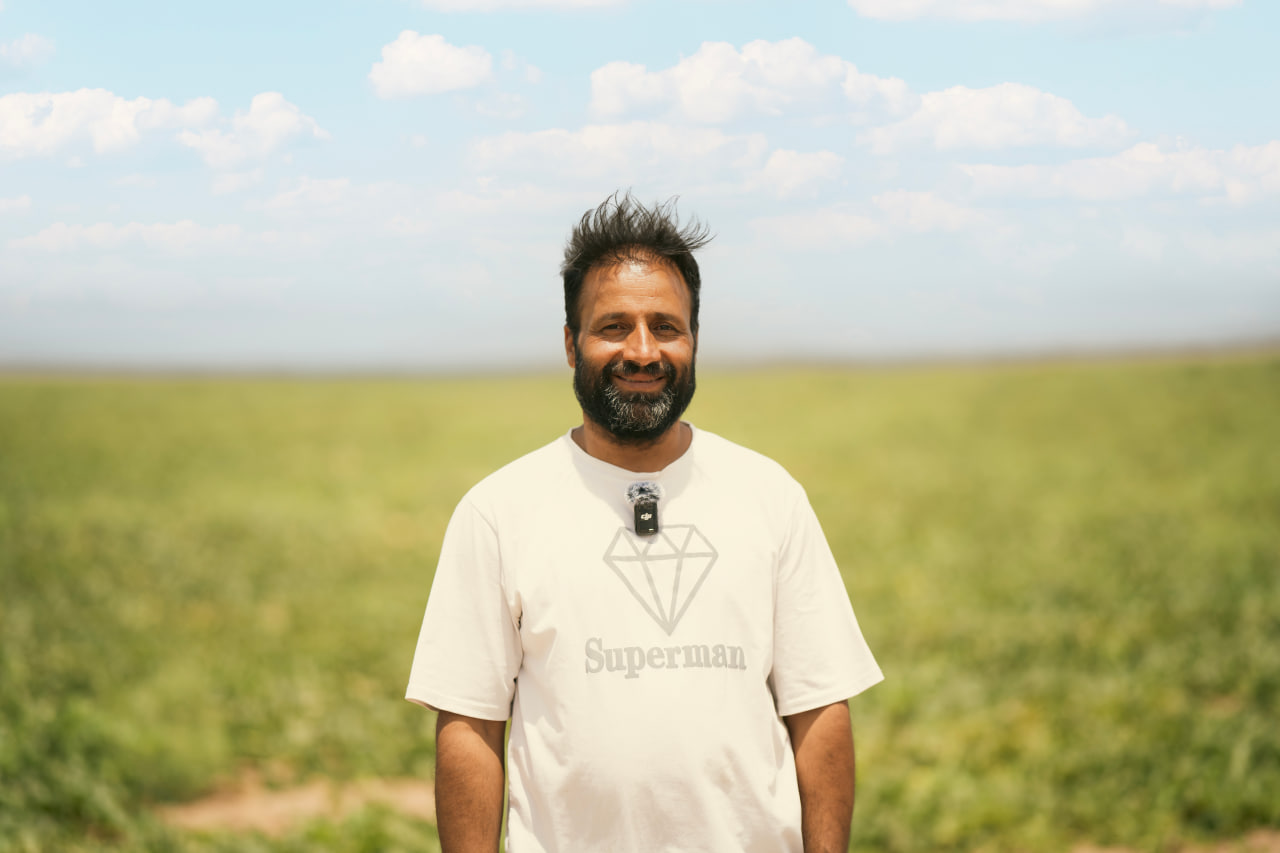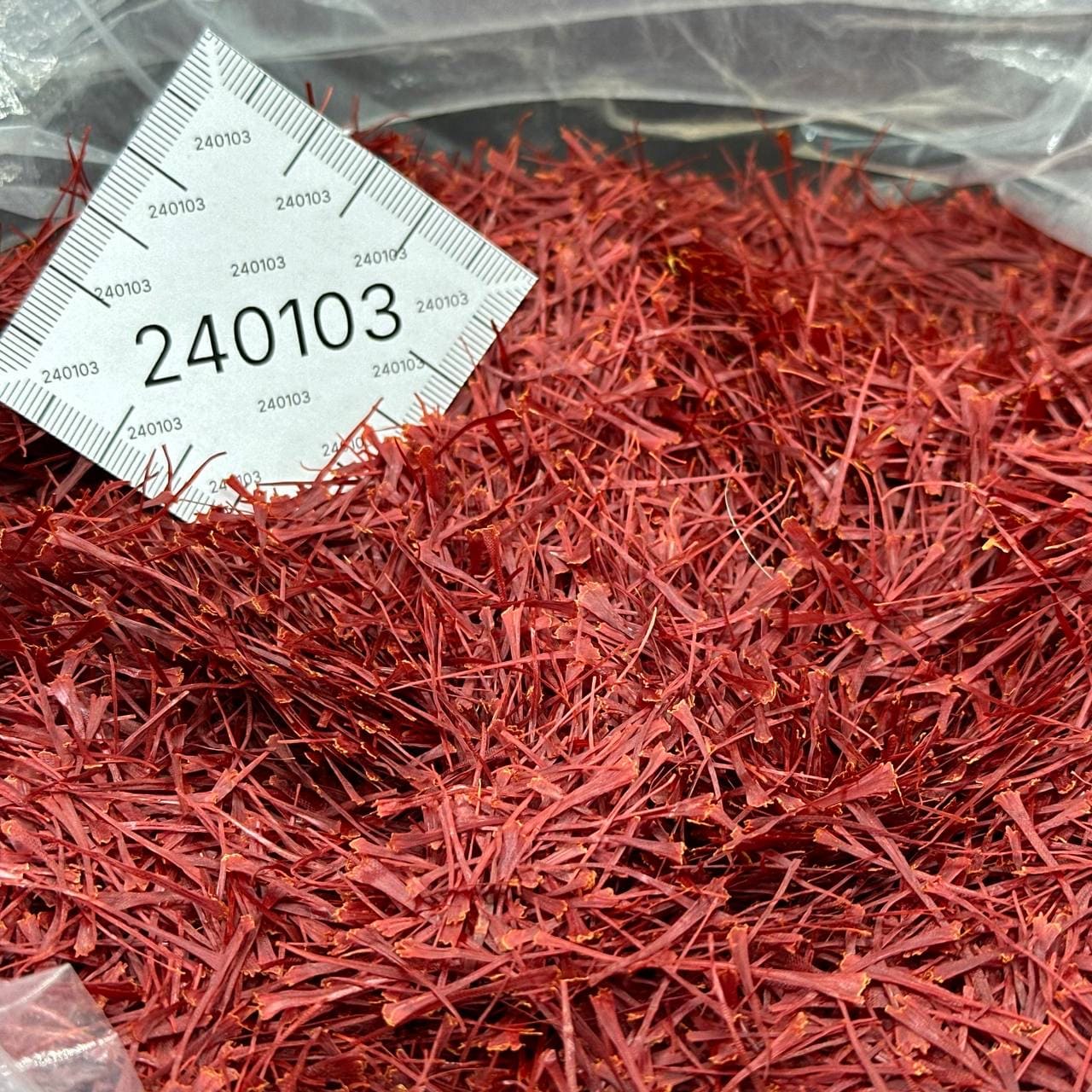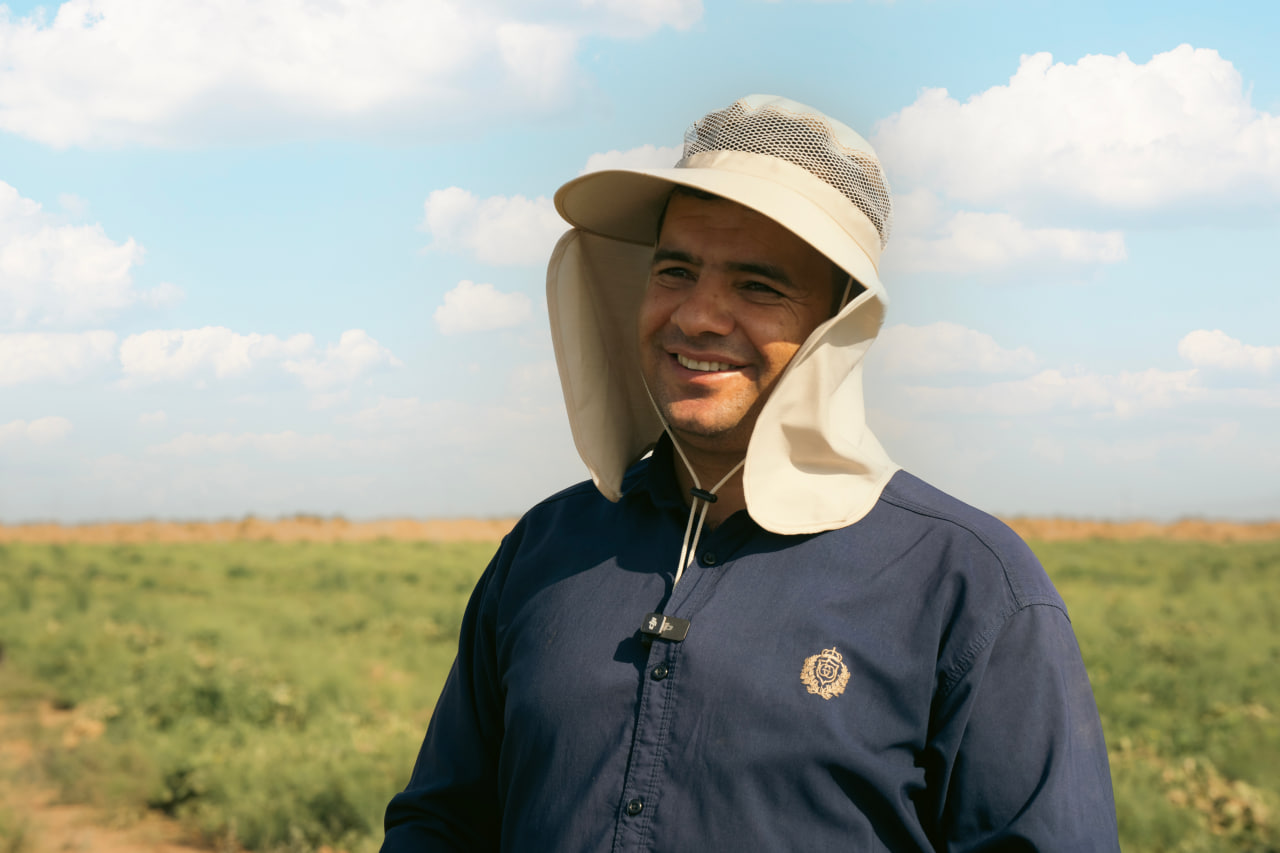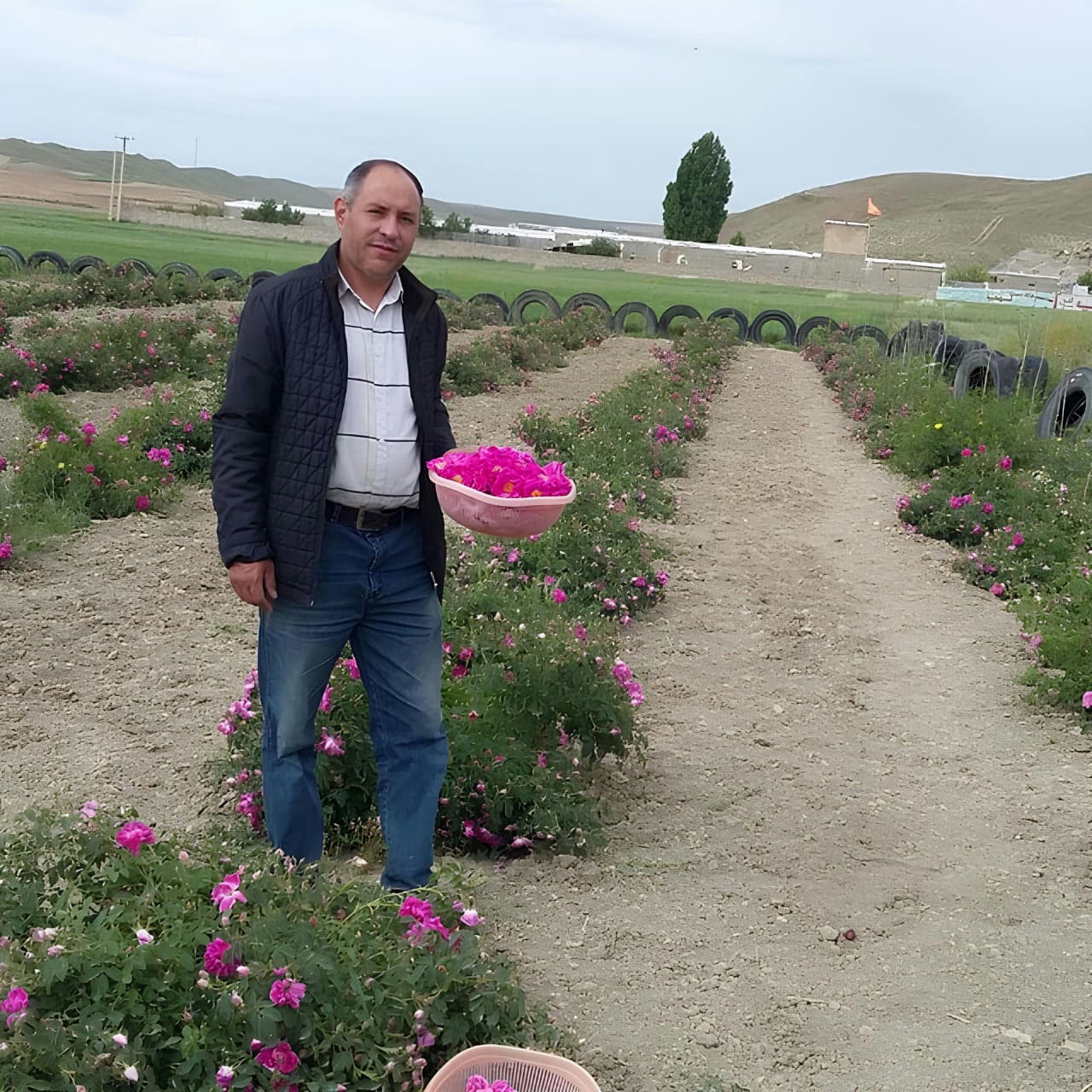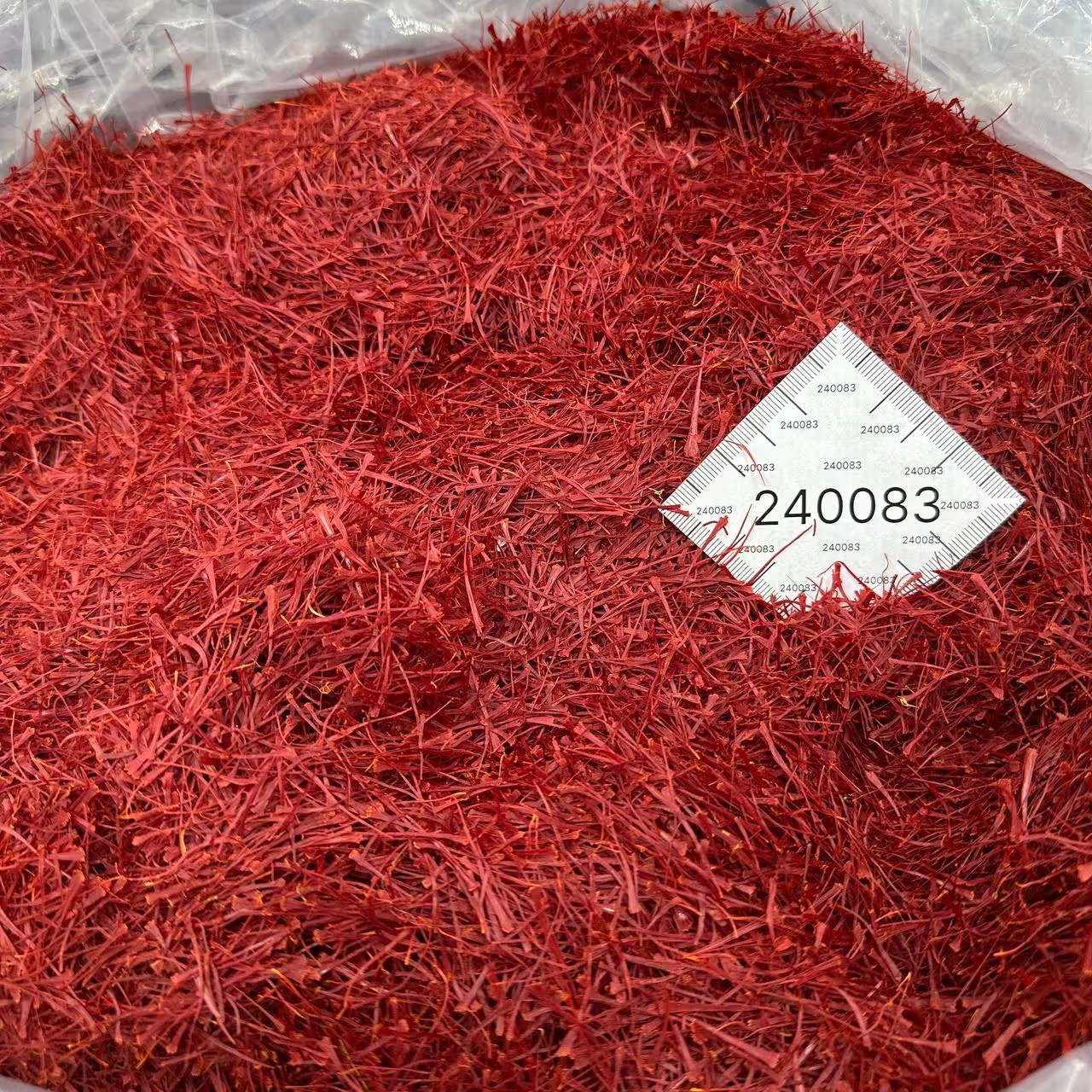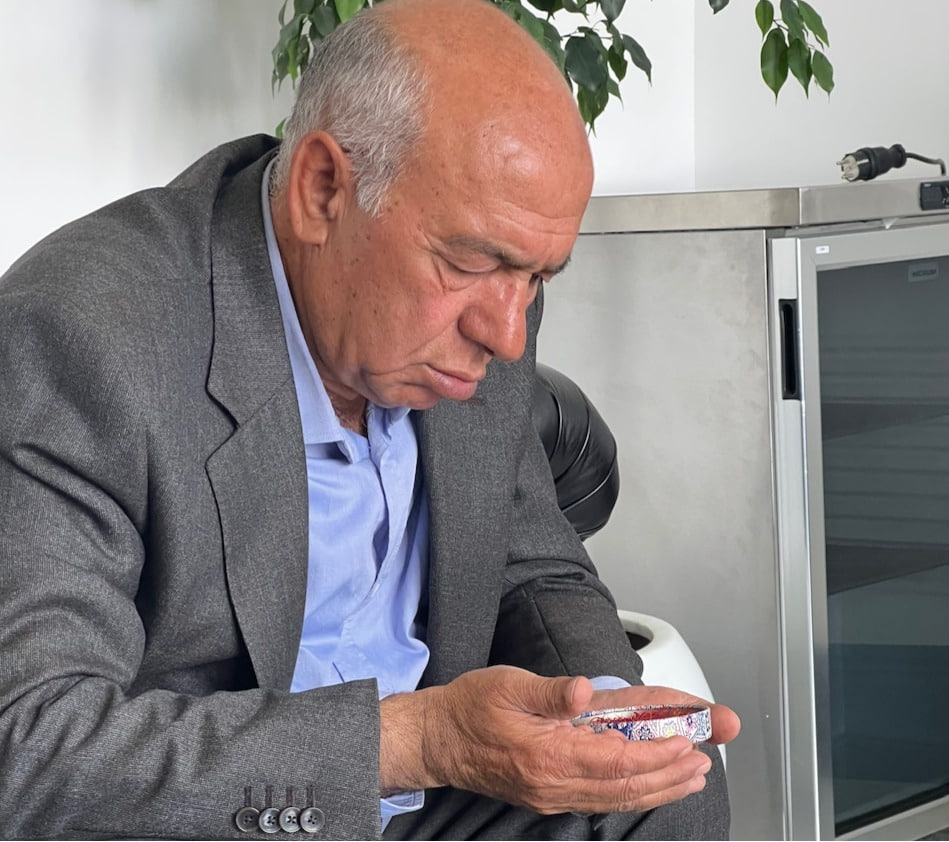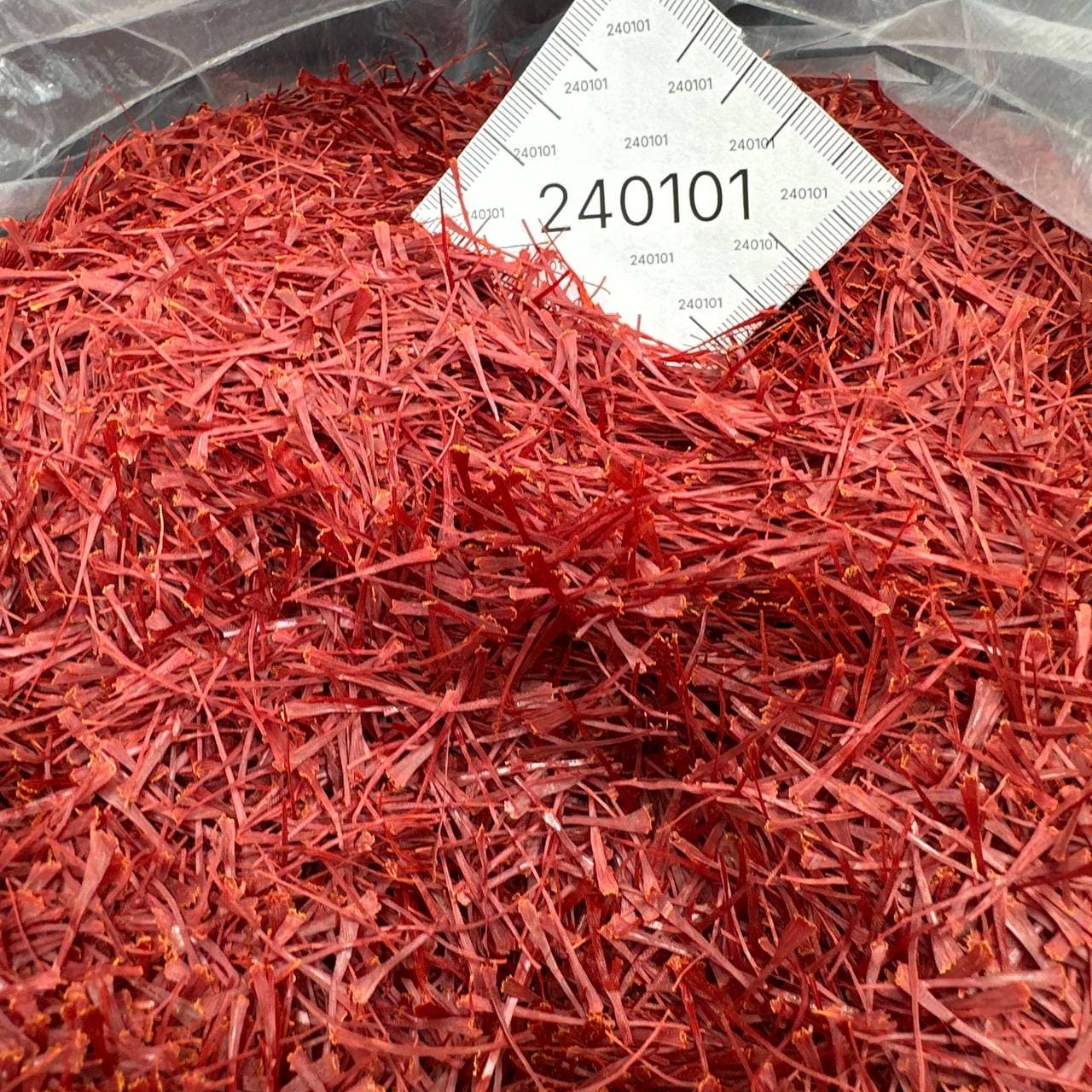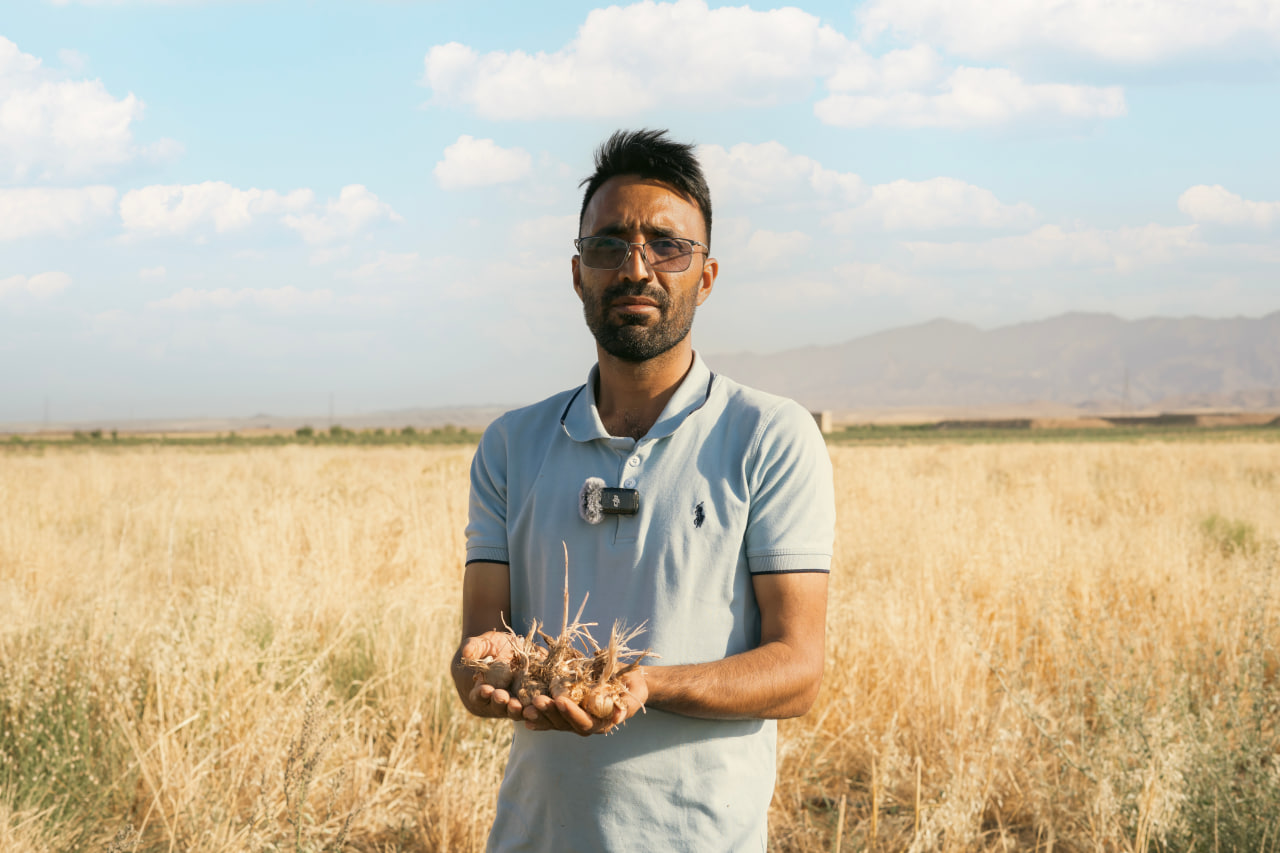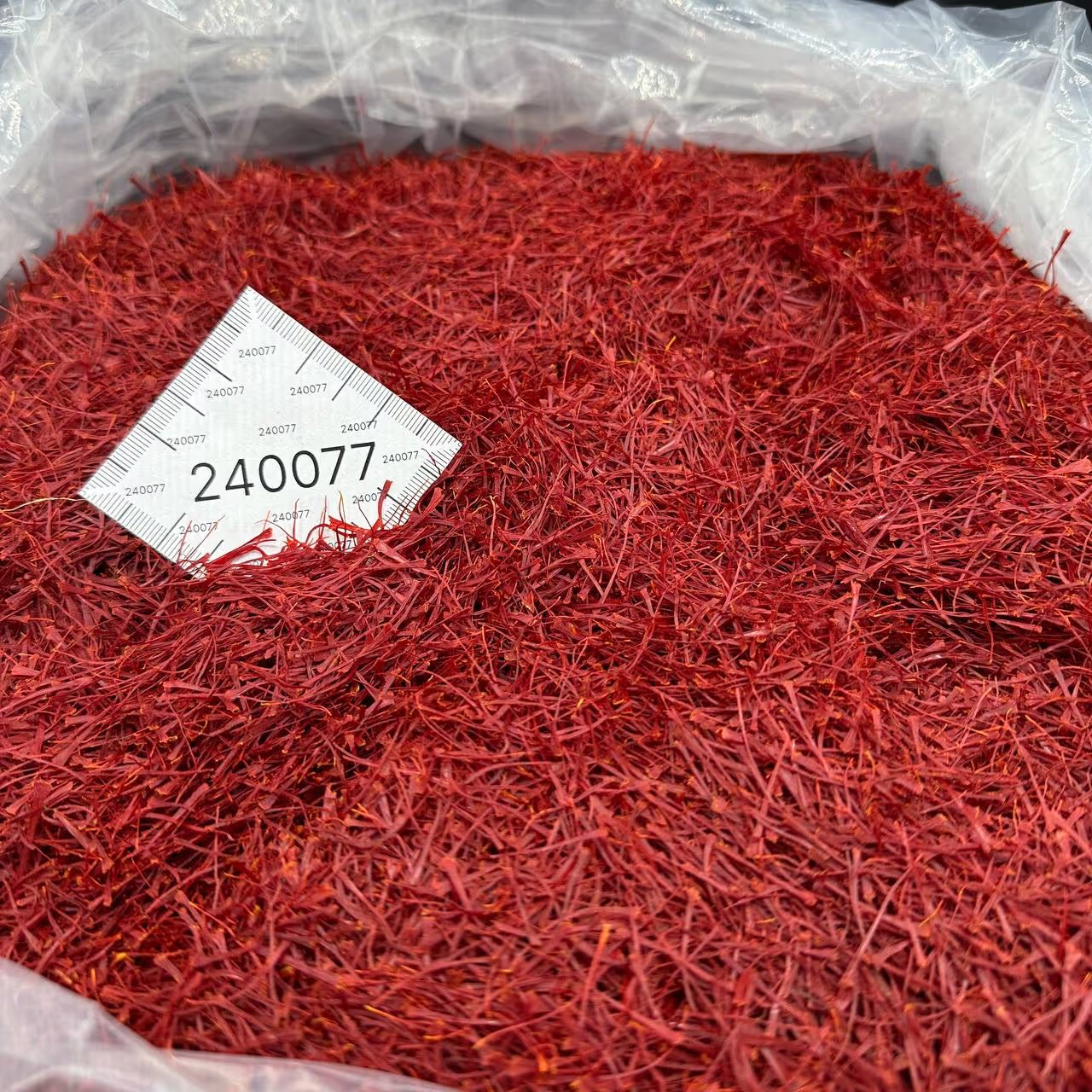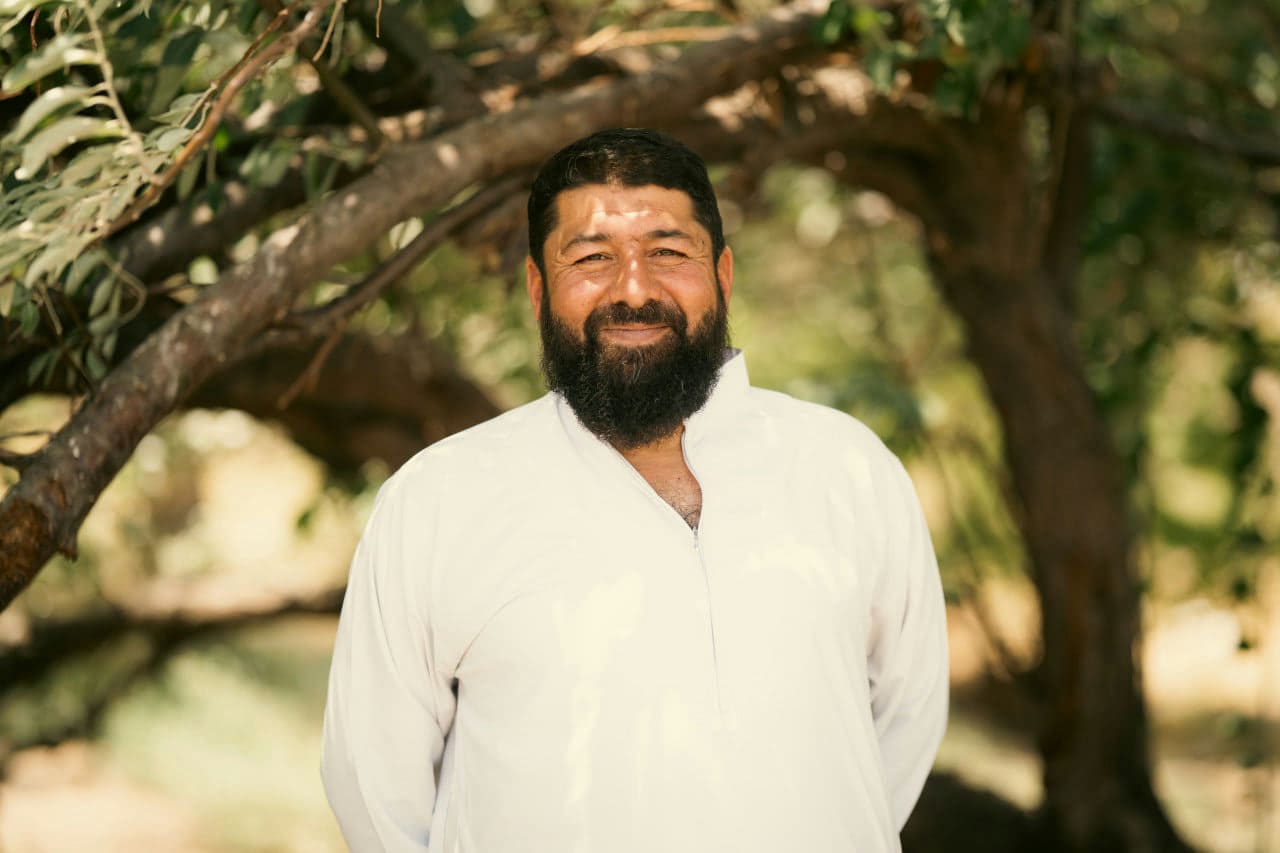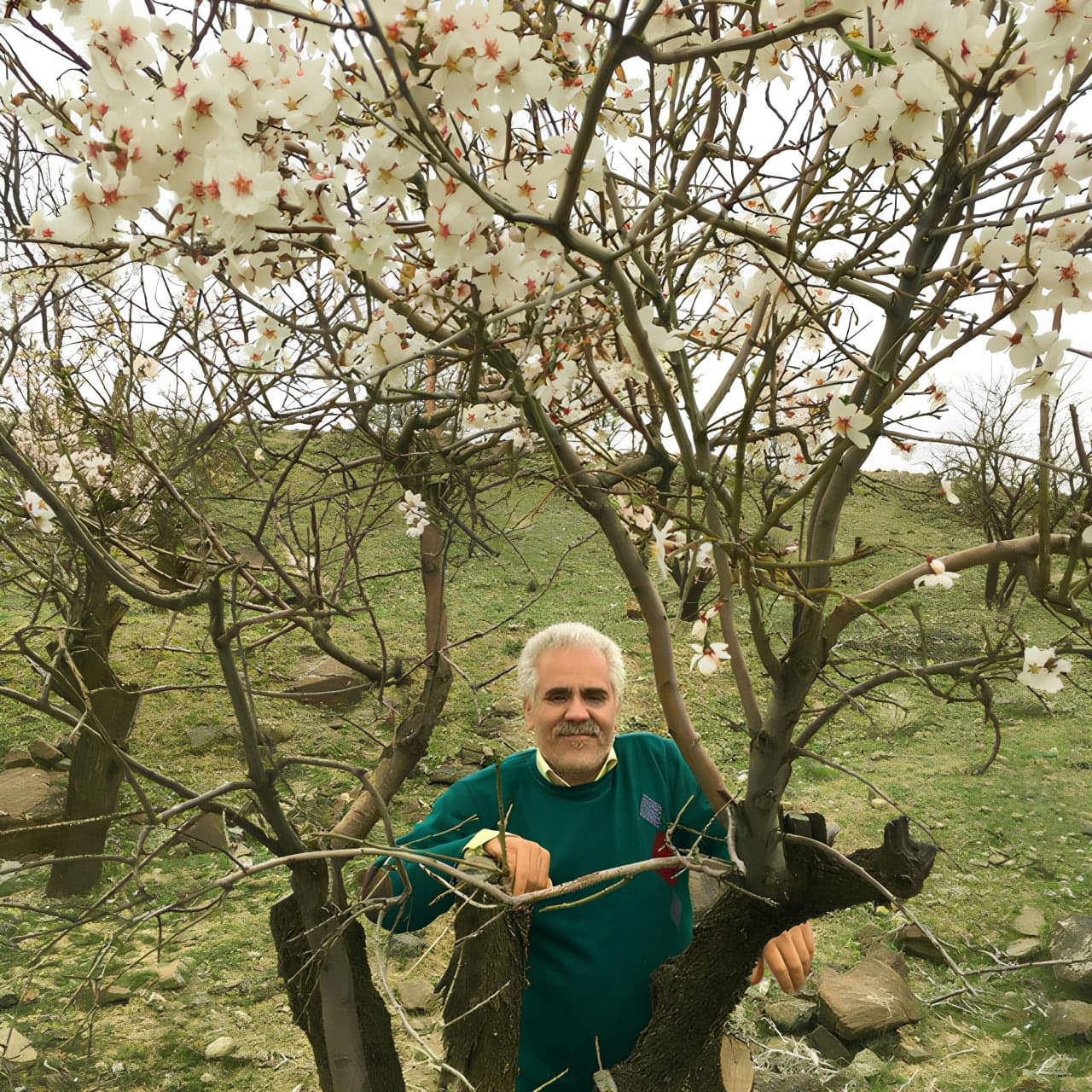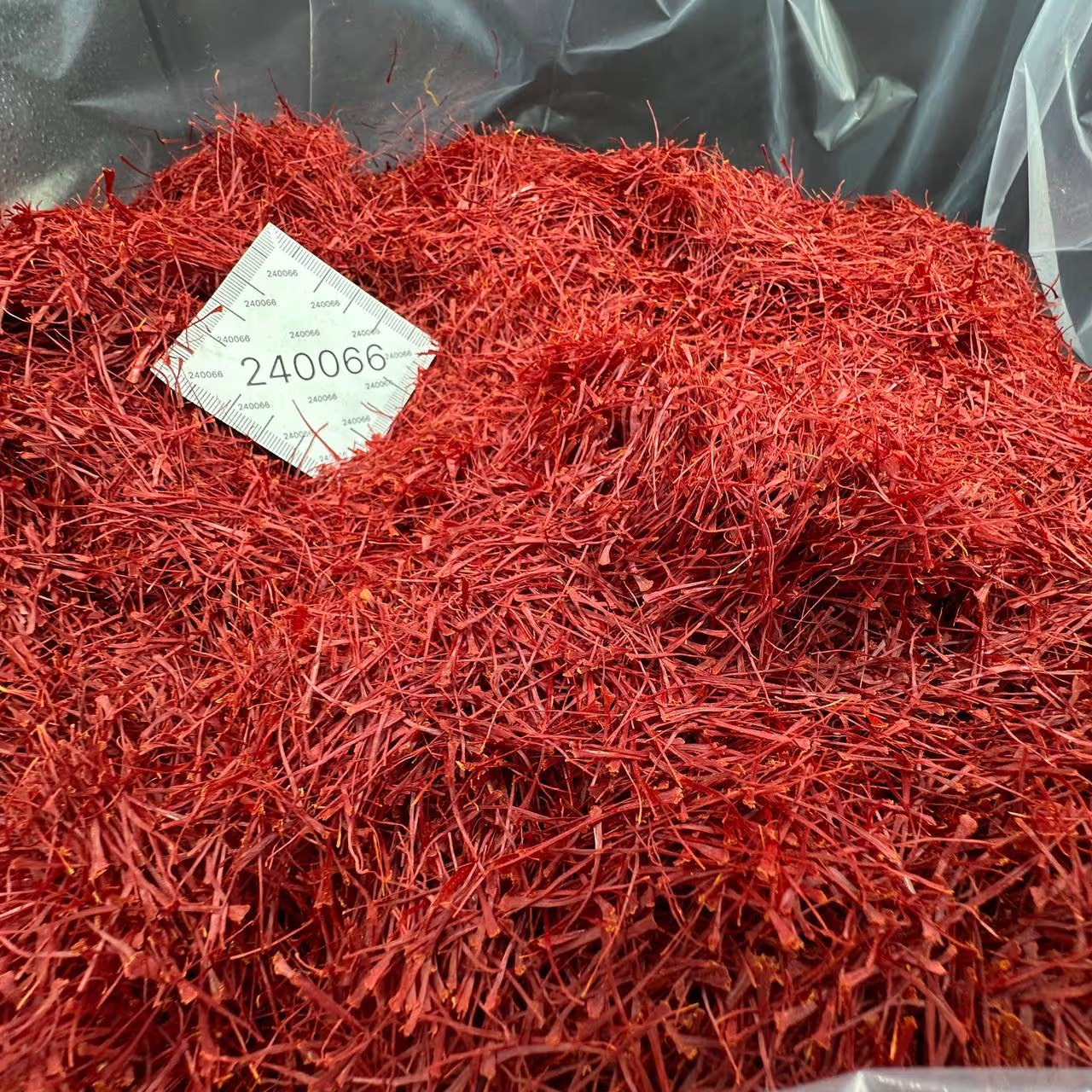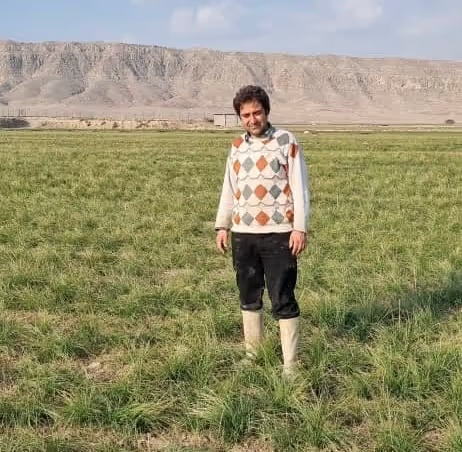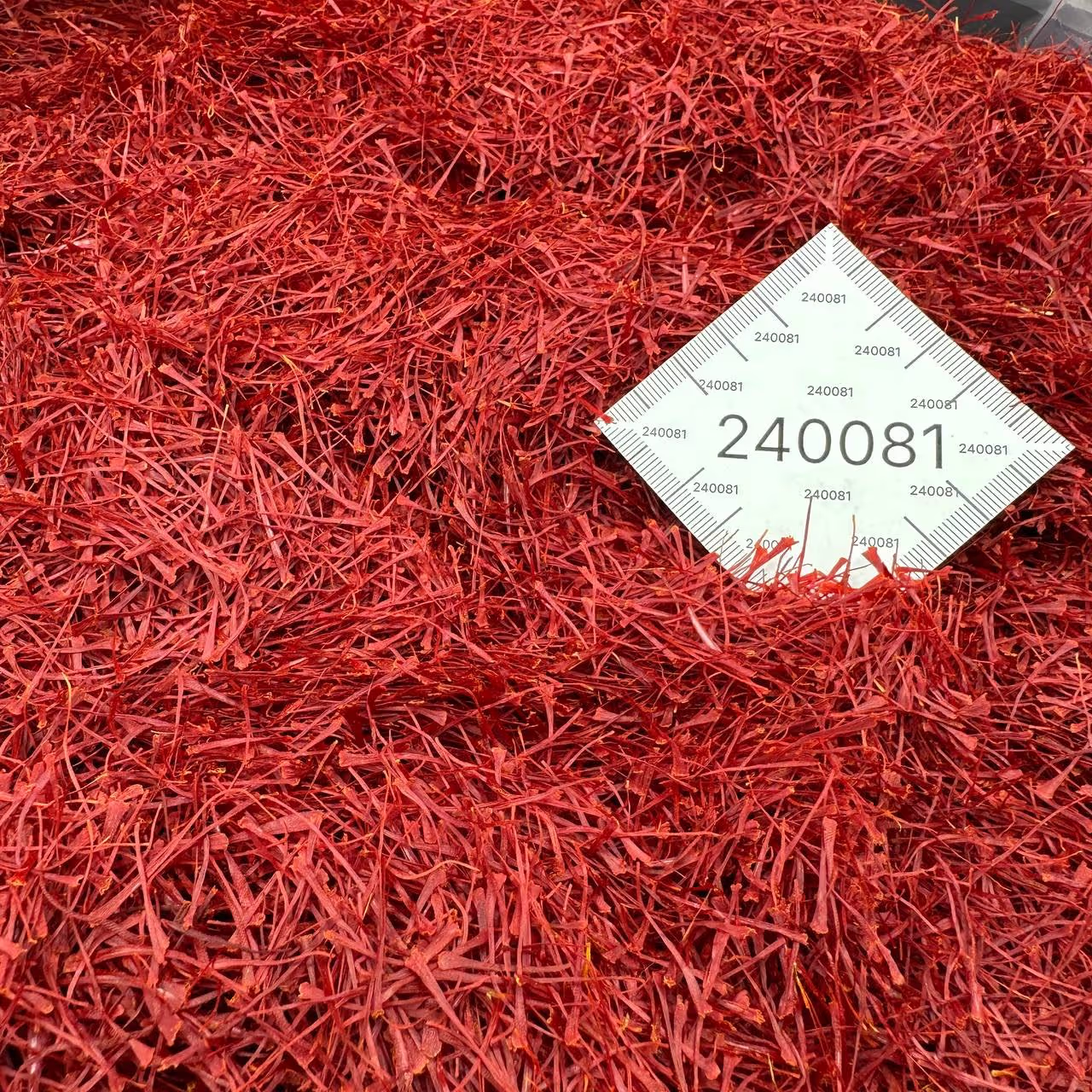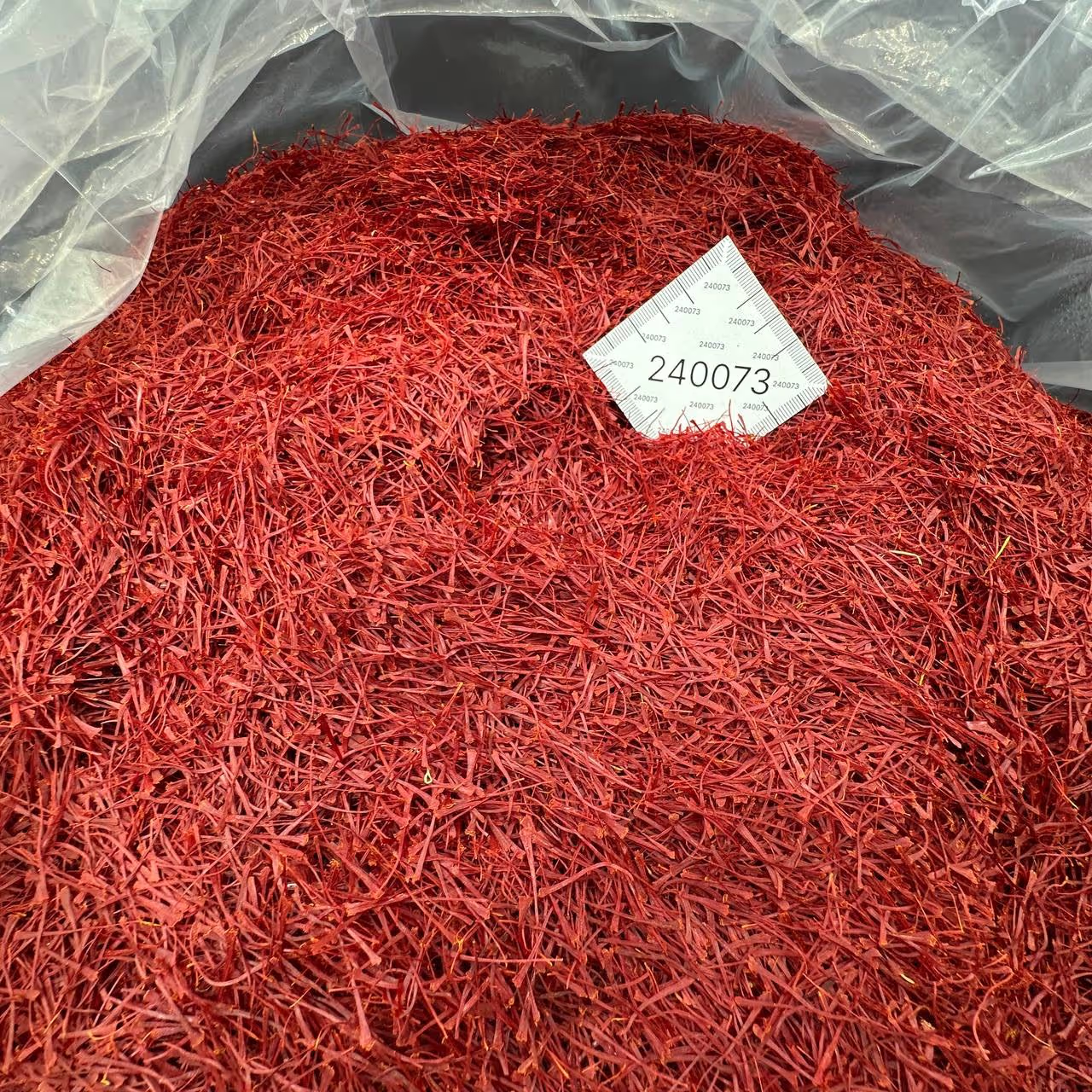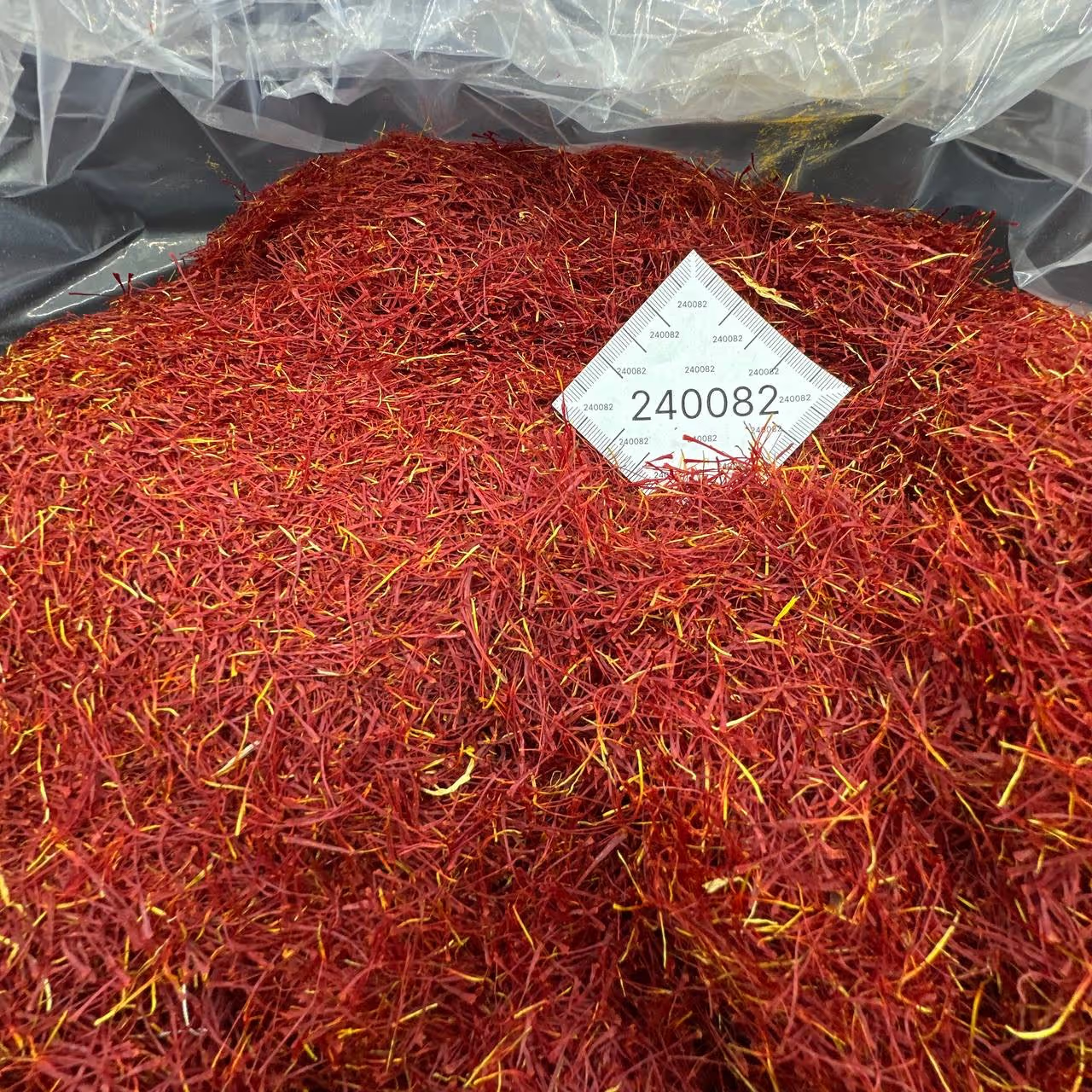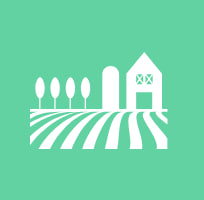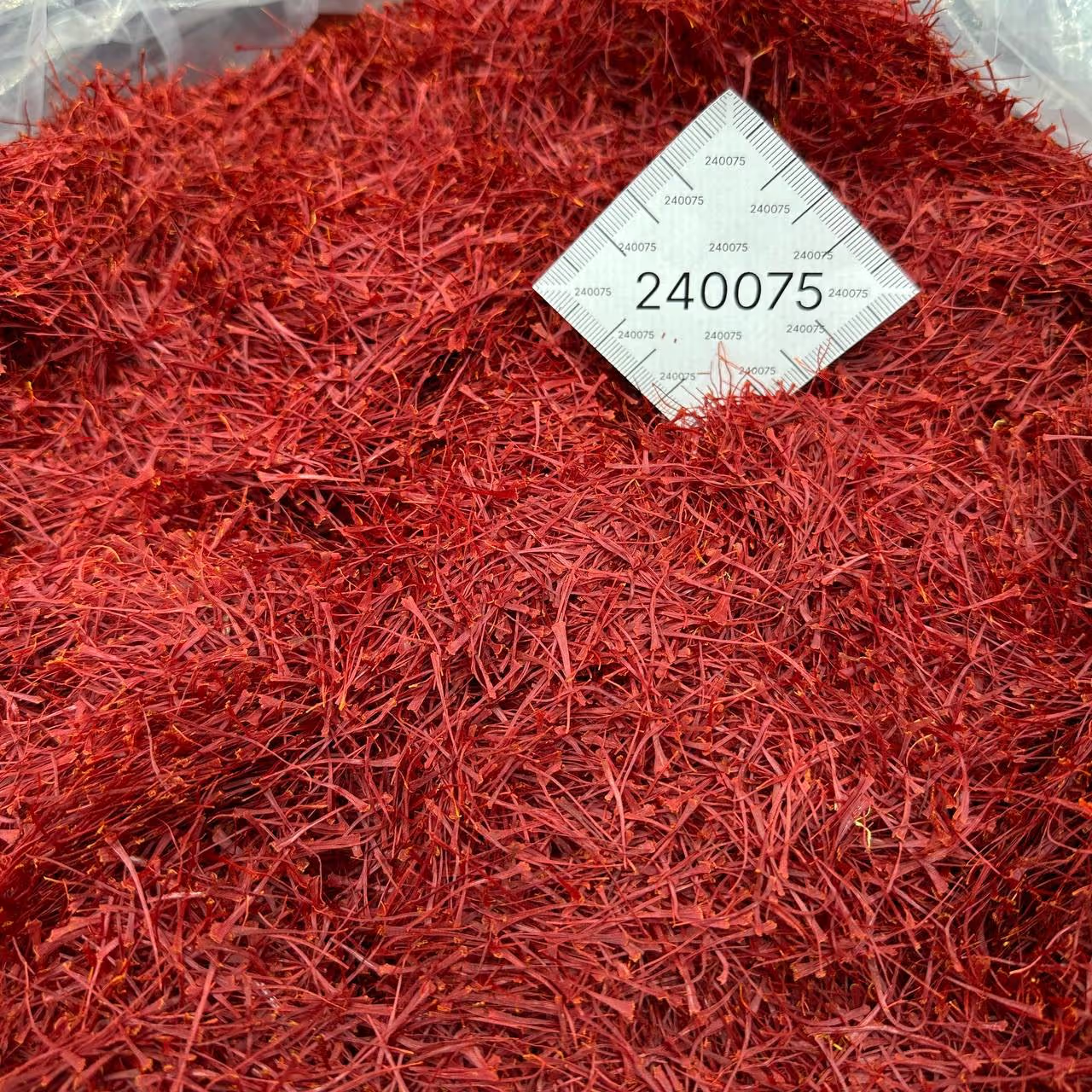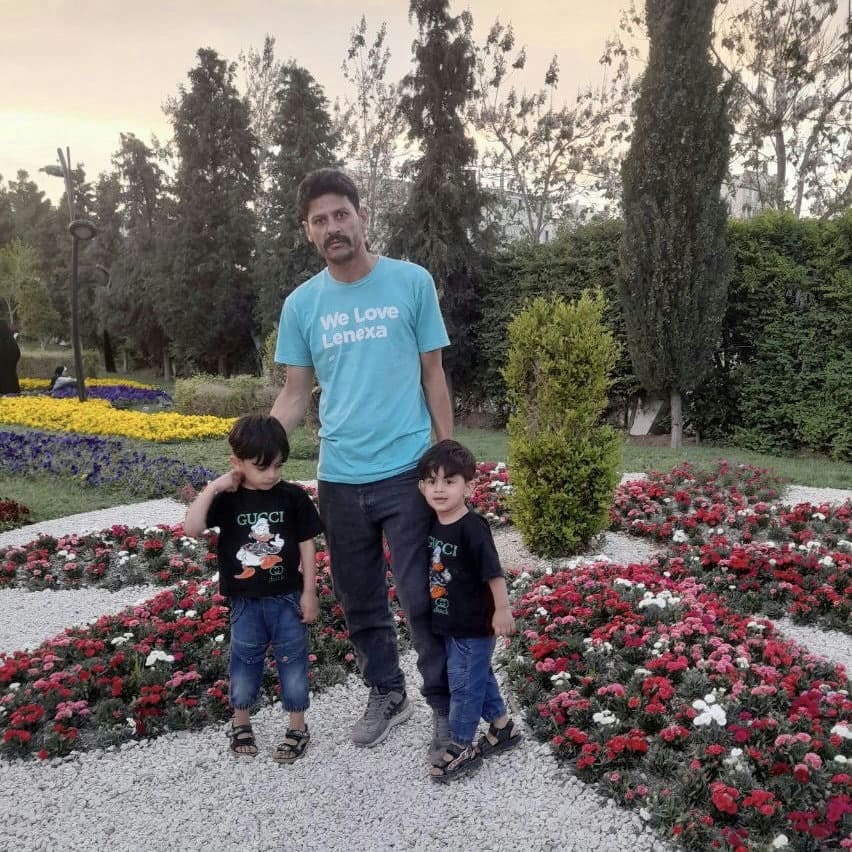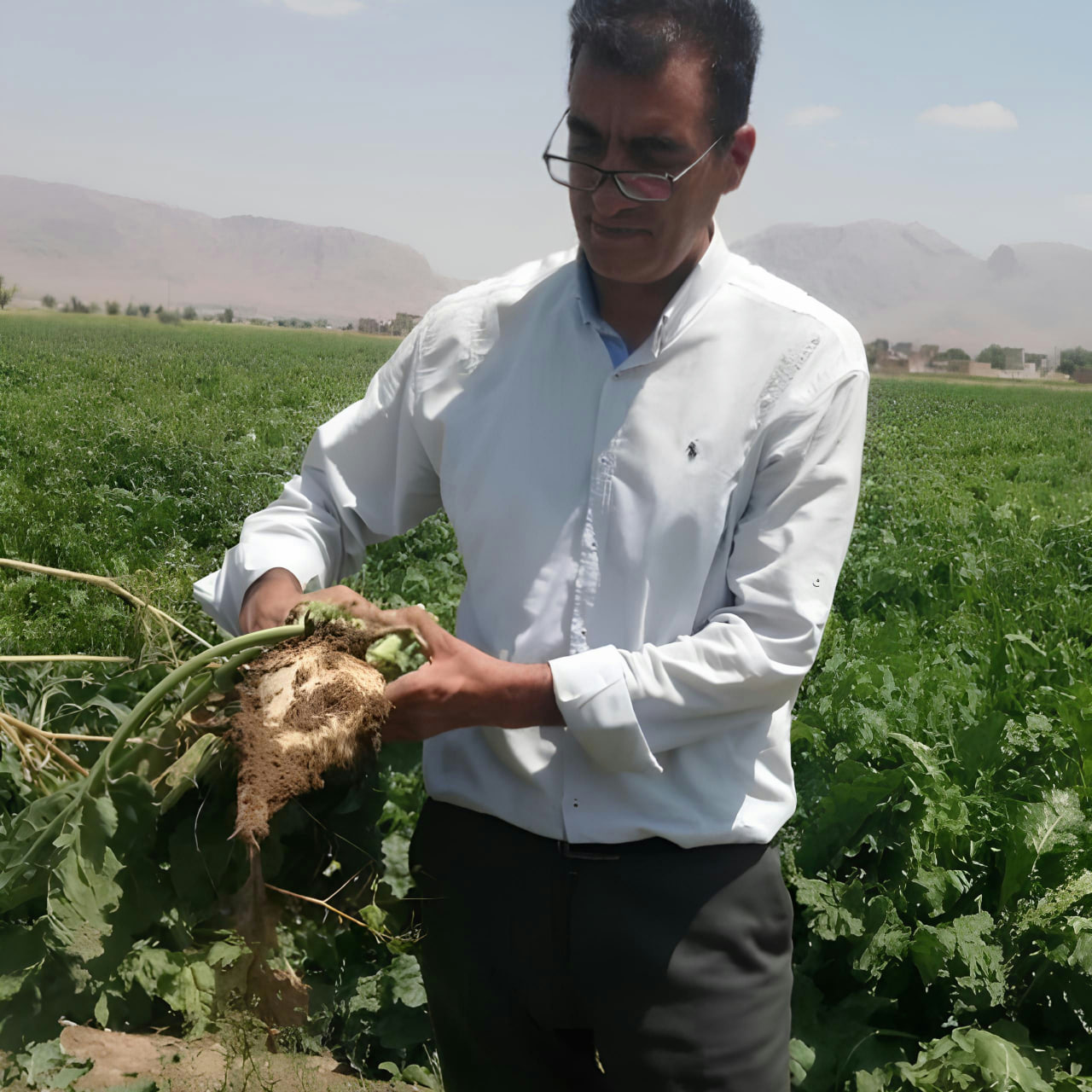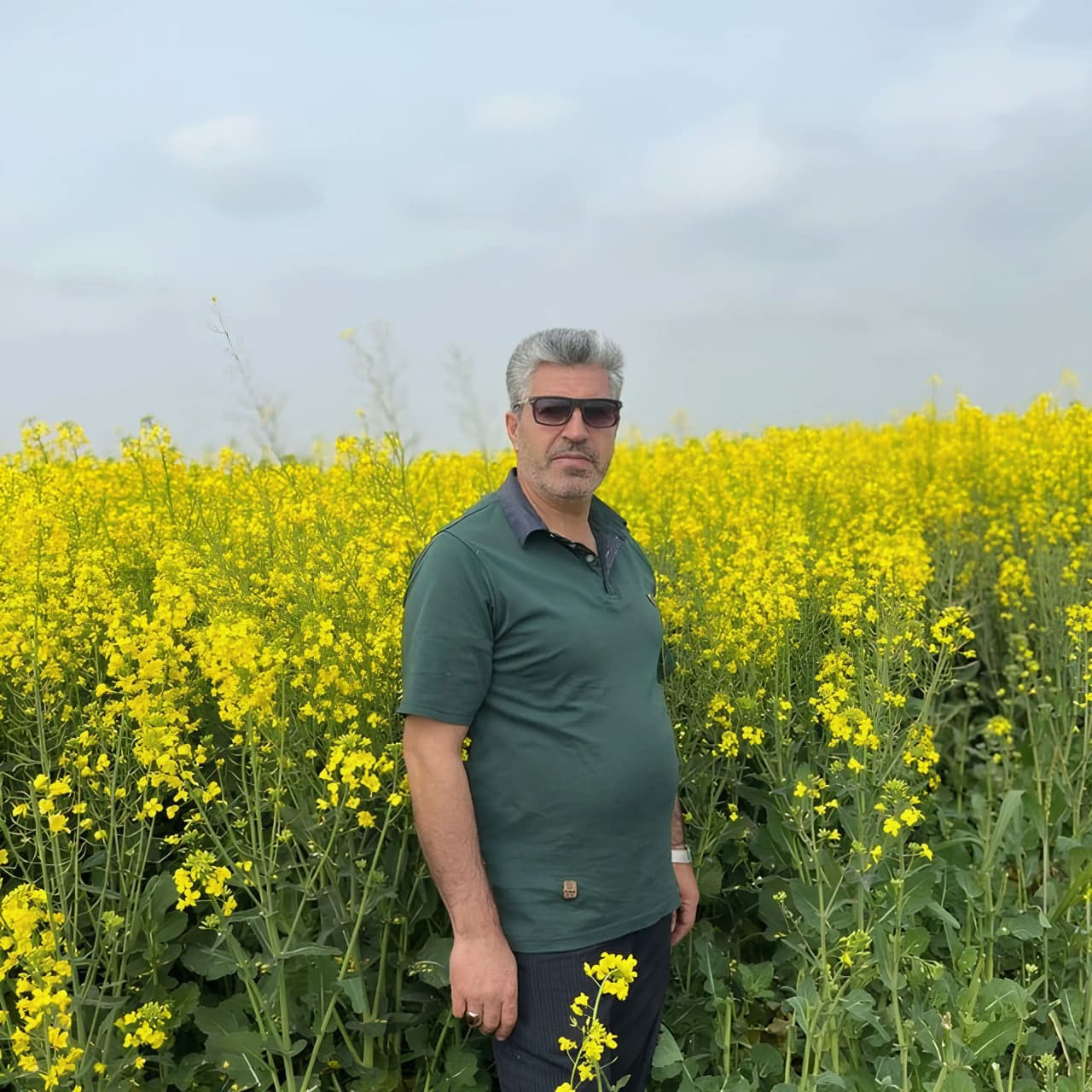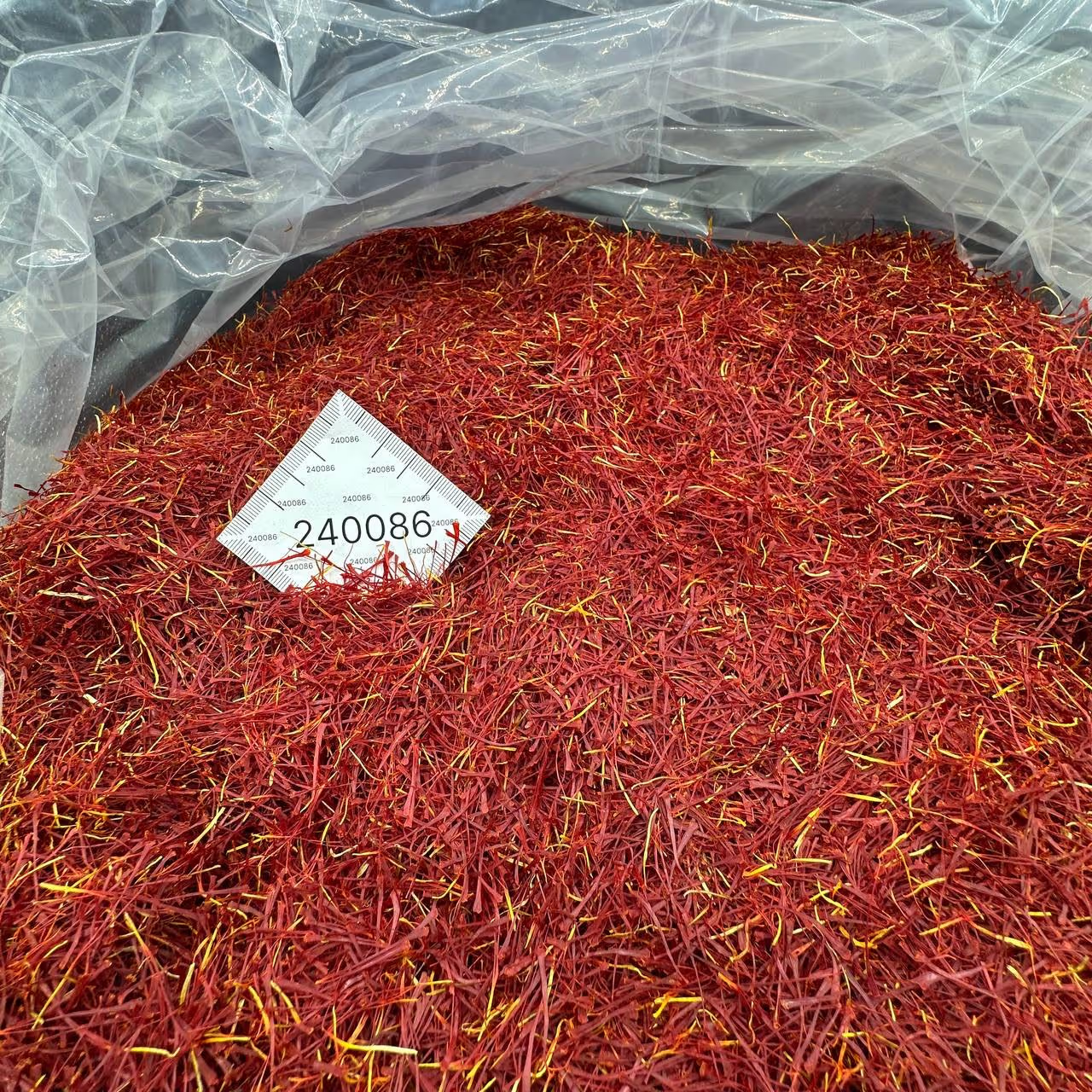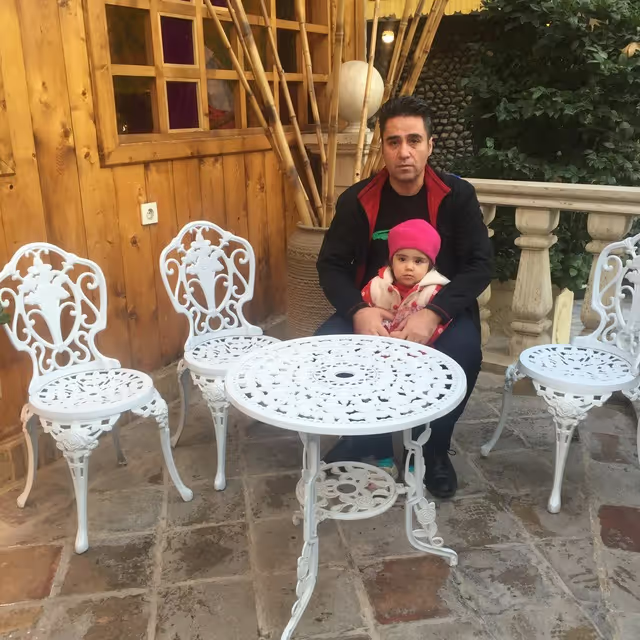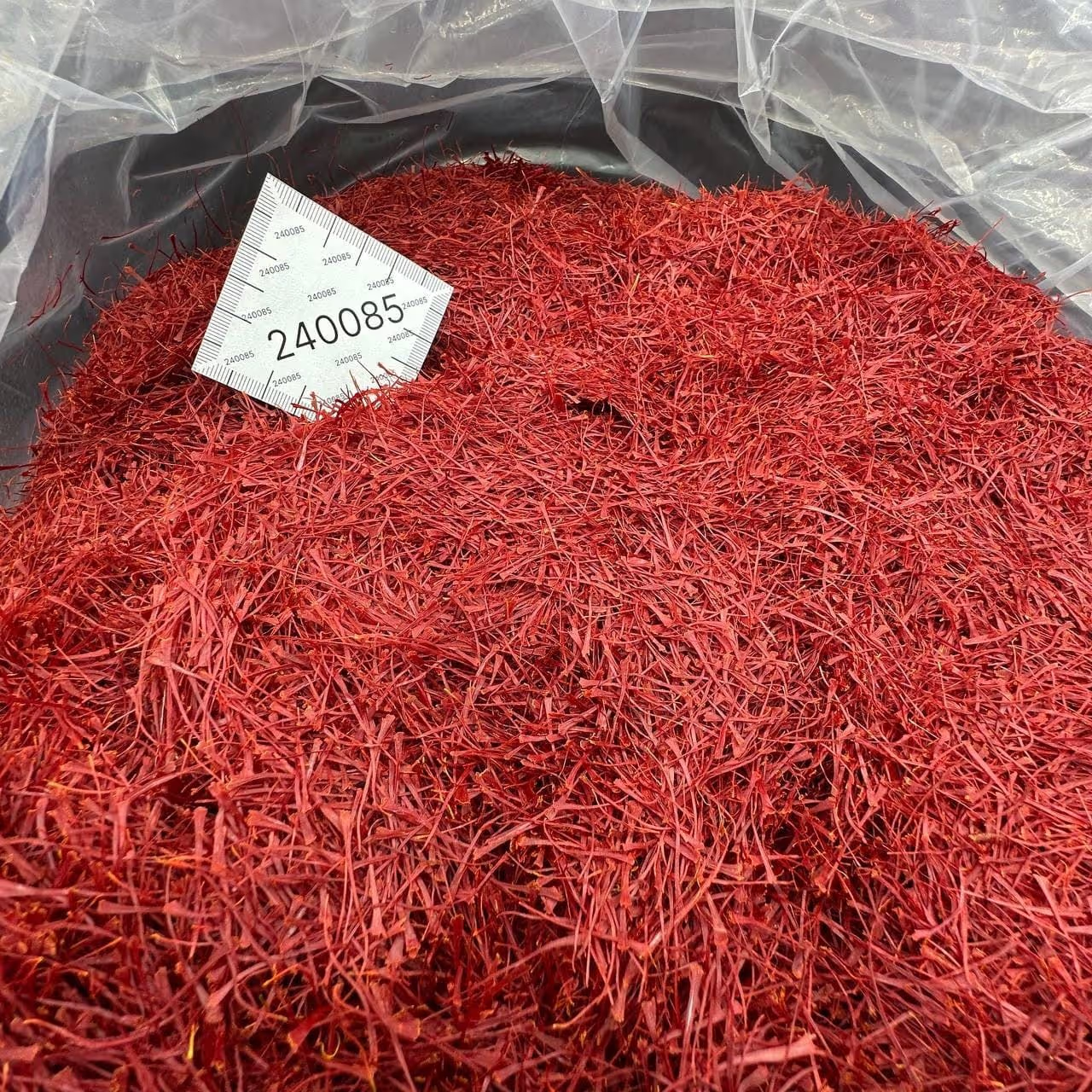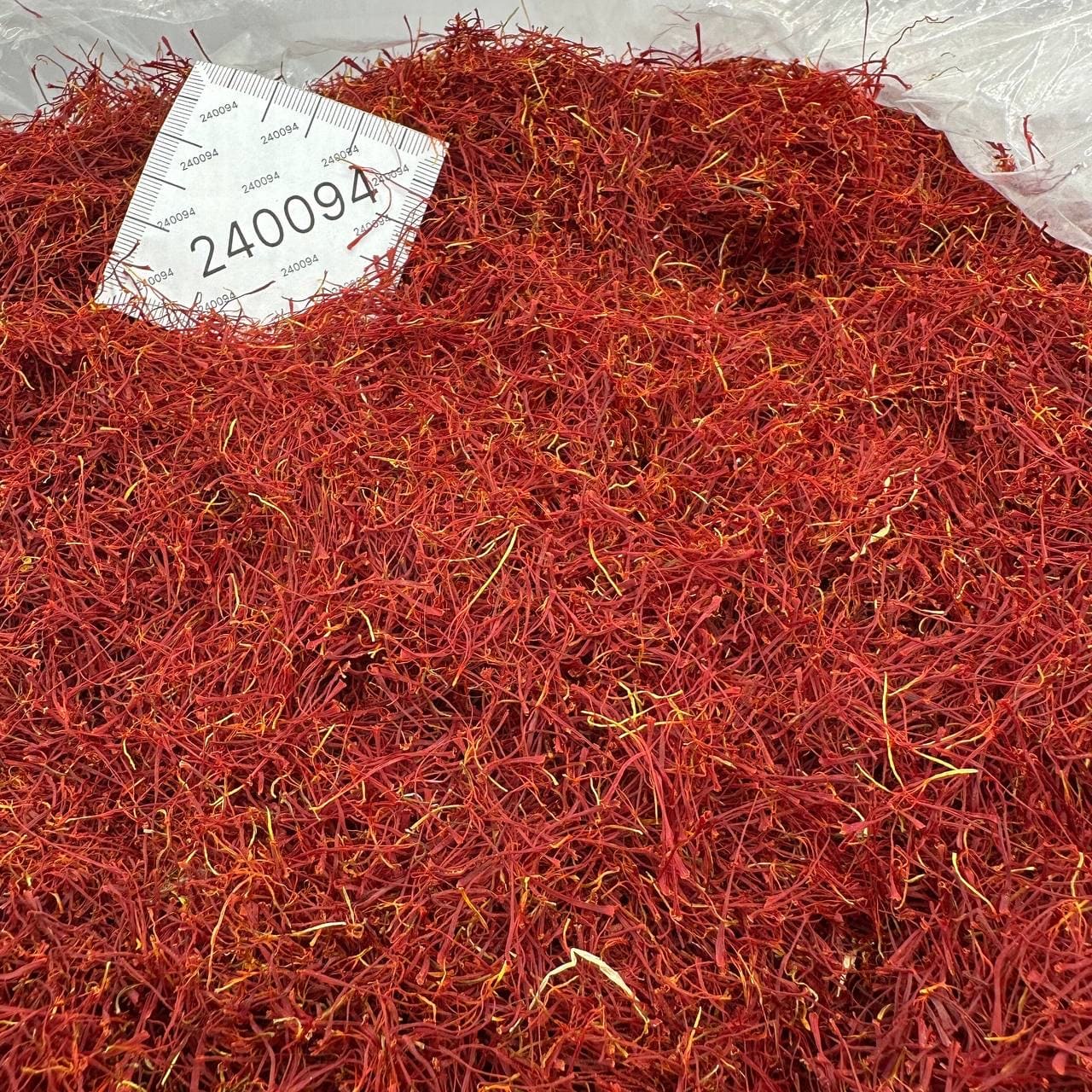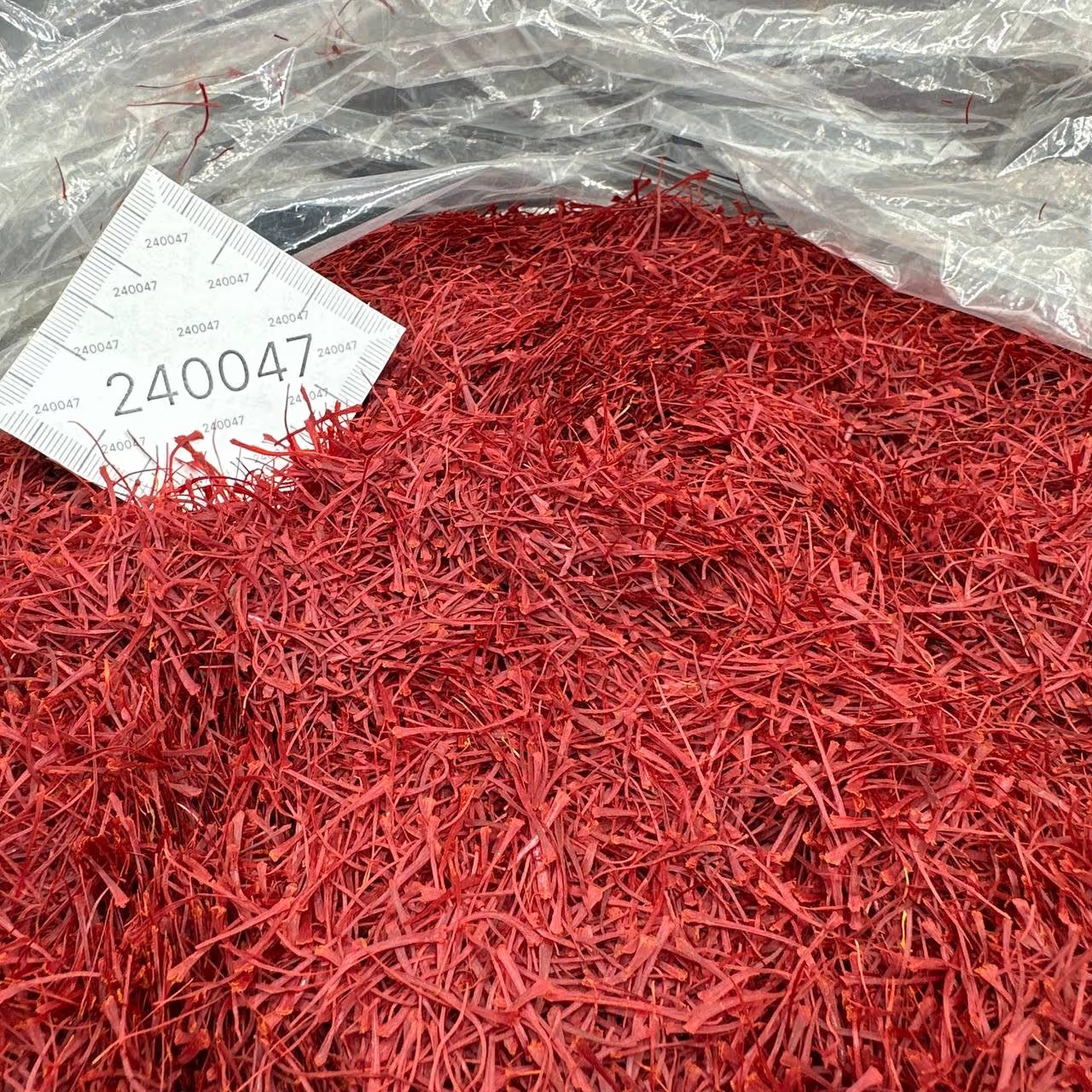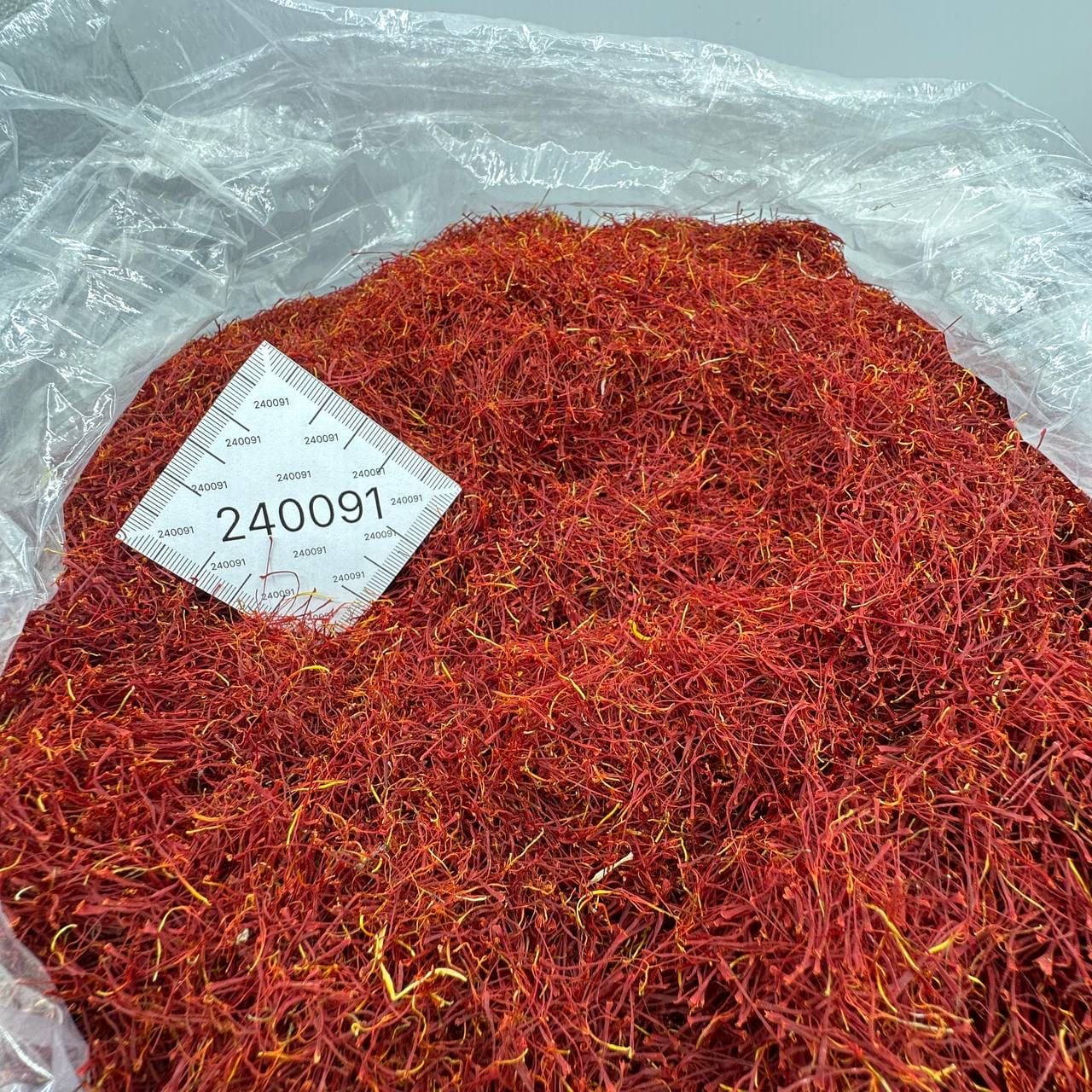Saffron, often revered as "Red Gold," stands as the world's most luxurious and expensive spice by weight. Its significance in India transcends the culinary world, embedding itself deep within cultural traditions, religious rituals, and wellness practices. For centuries, its vibrant crimson threads have imparted a rich golden hue, a distinct aroma, and an exquisite flavour to everything from royal biryanis and festive sweets to medicinal concoctions. However, navigating the Indian saffron market can be a formidable task for any buyer. The price of saffron per kilogram can fluctuate dramatically, presenting a confusing landscape of varying qualities, origins, and grades.
This guide serves as a definitive resource for understanding the complexities of saffron pricing in India. It aims to demystify the market, providing a comprehensive analysis of the factors that dictate its value. By delving into current market rates, the nuances of different grades, the impact of geopolitical events, and the challenges of domestic production, this report will empower every buyer—from the home cook purchasing a single gram to the B2B professional procuring kilograms—to make informed, confident purchasing decisions. As a leading authority in the spice industry, Agroota is committed to providing the transparency and expertise necessary to navigate this intricate market.
Current Saffron Price in India: A Comprehensive Market Snapshot
The Indian saffron market is characterized by a wide price spectrum, reflecting the diverse quality and origins of the product available. Recent market dynamics, particularly supply chain disruptions, have introduced significant volatility, leading to notable price surges. Understanding the current pricing structure for both wholesale and retail quantities is the first step for any prospective buyer.
Saffron Price Per Kilogram (KG): Wholesale & Bulk Inquiries
For businesses, chefs, and large-scale consumers, purchasing saffron in bulk offers significant cost advantages. However, the wholesale price per kilogram is not a single figure but a broad range dictated by quality, origin, and supplier scale. The market accommodates everything from lower-grade saffron used primarily for colouring to the most premium, all-red threads destined for gourmet kitchens.
Wholesale prices in India can range from as low as ₹42,000 per kg for Iranian Sargol grade to well over ₹3,00,000 per kg for the highest quality Kashmiri Mongra. Listings on B2B platforms showcase this diversity: Iranian Super Negin saffron can be found at approximately ₹1,90,000/kg, while premium Irani Mogra may command ₹1,30,000/kg. High-grade Kashmiri saffron consistently occupies the upper echelons of this range, with prices frequently cited around ₹3,00,000/kg and sometimes reaching ₹3,50,000/kg.
Recent geopolitical events have pushed these prices even higher. Following the closure of a key trade route, top-tier saffron prices surged past ₹5,00,000 per kg, a price point comparable to that of 50 grams of gold. International suppliers of premium Iranian saffron quote prices in the range of $2,900 to $3,000 per kilogram for the Indian market, which translates to approximately ₹2,40,000 to ₹2,50,000, aligning with the higher end of the domestic wholesale market for imported varieties. This vast range underscores the importance of understanding the specific grade and origin when evaluating a wholesale quote.
| Saffron Type / Origin |
Grade |
Indicative Price Range per KG (INR) |
Key Characteristics & Best Use Case |
| Kashmiri |
Mongra (Grade 1) |
₹2,50,000 – ₹5,00,000+ |
Deep crimson, all-red threads with the strongest aroma and flavour. GI-tagged. Ideal for luxury cuisine, biryani, desserts, and Ayurvedic applications. |
| Kashmiri |
Lacha (Grade 2) |
₹1,50,000 – ₹2,50,000 |
Red stigmas with yellow style portions. Balanced aroma and colour; perfect for daily cooking, sweets, and beverages. |
| Iranian |
Super Negin |
₹1,40,000 – ₹2,00,000 |
Long, thick, unbroken red threads. High colouring strength; used in fine dining and premium packaged products. |
| Iranian |
Sargol |
₹1,10,000 – ₹1,50,000 |
All-red stigma tips similar to Mongra but shorter. Excellent colouring and aroma. Common in biryani, paella, and gourmet sauces. |
| Iranian |
Pushal / Pushali |
₹80,000 – ₹1,20,000 |
Includes yellow style segment. Milder yet vibrant; ideal for mass food production, beverages, and colour extraction industries. |
| Afghan |
Super Negin / Pushal |
₹1,00,000 – ₹1,80,000 |
Intermediate quality between Iranian and Kashmiri saffron. Widely used in culinary and export applications. Prices fluctuate with border trade dynamics. |
Note: Prices are indicative and subject to market fluctuations, supplier, and order volume.
Saffron Price Per Gram (GM): A Look at Retail Costs
For the average household consumer, saffron is typically purchased in small quantities of one to five grams. The retail price per gram is significantly higher than the pro-rata wholesale cost due to factors such as packaging, branding, marketing, and distribution overheads.
The retail price for one gram of saffron in India can span from a modest ₹100 to over ₹700. For instance, basic quality saffron might be available for ₹144-₹180 per gram, while mid-range options from reputable brands are often priced between ₹250 and ₹450 per gram. Premium offerings, especially high-grade Kashmiri or Iranian saffron, command higher prices. A one-gram pack of genuine Kashmiri saffron typically retails between ₹400 and ₹600, a benchmark that helps consumers identify authentic products. Premium branded saffron can even reach ₹660 per gram, reflecting superior quality, packaging, and brand trust. These prices highlight that in the retail space, consumers are paying not just for the spice itself, but for the assurance of quality and authenticity that comes with a trusted brand.
Price Comparison: Kashmiri vs. Iranian vs. Afghan Saffron
The country of origin is one of the most significant determinants of saffron's price. Each region produces saffron with distinct characteristics, and the market values them differently.
- Kashmiri Saffron: Universally regarded as the most premium, Kashmiri saffron consistently fetches the highest prices. Its superiority is attributed to a higher concentration of crocin, the compound responsible for its deep colour and medicinal properties, as well as its unique aroma and flavour profile, cultivated in the specific terroir of the Kashmir valley. The price premium, however, is not solely a function of its chemical composition. It is amplified by its extreme scarcity. India's domestic production is a mere 6-7 tonnes annually, against a national demand exceeding 55 tonnes. This makes genuine Kashmiri saffron a true luxury good, with its price driven by the economics of rarity, much like a fine wine or a collectible art piece.
- Iranian Saffron: Iran is the world's largest producer, accounting for approximately 85% of global supply. This industrial scale makes Iranian saffron the workhorse of the global market. While it produces exceptionally high grades like Super Negin, its widespread availability means it is generally more competitively priced than its Kashmiri counterpart. Wholesale prices for high-grade Iranian Super Negin can be found for around ₹1,90,000/kg, making it the preferred choice for many B2B clients who require consistent quality at a larger scale.
- Afghan Saffron: Afghan saffron has gained recognition for its quality and is often positioned as a strong competitor to Iranian varieties. Its price is typically in the mid-range but is subject to significant volatility due to its reliance on land-based trade routes that are susceptible to geopolitical instability. The recent closure of the Attari-Wagah border, for example, immediately halted Afghan supplies and caused a ripple effect across the entire Indian market.
What Factors Determine the Price of 1 KG Saffron?
The price of saffron is not arbitrary; it is the result of a complex equation involving agricultural, economic, and geopolitical variables. Understanding these factors is essential for any buyer to appreciate the value of the spice and to make an informed purchasing decision.
The Critical Role of Origin: Why Kashmiri Saffron Commands a Premium
The origin of saffron is paramount to its quality and price, with Kashmiri saffron holding a revered status. This premium is scientifically and legally justified. Cultivated at high altitudes between 1,600 and 1,800 meters above sea level, the unique agro-climatic conditions of the Kashmir valley contribute to its superior quality.
A key differentiator is its higher crocin content, which provides a more intense colour and is linked to its potent antioxidant and medicinal properties. This intrinsic quality is protected by a Geographical Indication (GI) tag. The GI tag is a legal certification that guarantees the saffron was grown and processed in Kashmir according to specific standards. For a buyer, this tag is more than just a label; it is an assurance of authenticity, a safeguard against adulteration with cheaper varieties, and a justification for its premium price.
Understanding Saffron Grades: From Premium Mongra to Economical Zarda
Saffron is not a monolithic product. It is meticulously graded based on which part of the Crocus sativus flower's stigma is included. The stigma consists of a deep red tip, which contains the highest concentration of flavour, aroma, and colouring compounds, and a lighter yellow or white style, which has minimal culinary value. The proportion of red stigma to yellow style determines the grade and, consequently, the price.
- Mongra (or Mogra): This is the highest grade, consisting exclusively of the deep crimson-red tips of the stigma. It is pure, potent, and commands the highest price.
- Lacha: This grade includes the red stigma along with parts of the yellow style. It offers a good balance of quality and affordability, making it a popular choice for various culinary applications.
- Pushal (or Pushali): This grade contains the entire stigma, including a significant portion of the yellow style. It is milder in flavour and aroma but still provides good colour, making it an economical option for industrial use or where colour is the primary requirement.
- Zarda (or Choora): This is the lowest grade, consisting only of the yellow style. It has a negligible aroma and flavour and is the cheapest variety available.
| Grade Name |
Description |
Appearance |
Relative Price Tier |
Ideal Culinary / Medicinal Use |
| Mongra / Mogra |
The highest quality saffron grade, consisting only of deep red stigma tips. Known for intense aroma, color, and flavour. |
All-red, trumpet-shaped threads. |
Premium |
Luxury dishes (Biryani, Paella), fine desserts, Ayurvedic medicine, and premium teas. |
| Lacha |
Contains the red stigma with the upper yellow style. Offers a balance of strength and affordability. |
Red threads with attached short yellow/orange tails. |
High |
Versatile for everyday gourmet cooking, sweets, and saffron milk (Kesar Doodh). |
| Super Negin |
A premium Iranian grade renowned for its long, thick, unbroken red threads and uniform appearance. |
Long, all-red threads without yellow style or breakage. |
Premium |
Gourmet kitchens, professional chefs, and presentations where color vibrancy is critical. |
| Sargol |
Iranian grade similar to Mongra, made from only red stigma tips; slightly shorter with minor breakage. |
All-red threads, generally shorter and more fragmented than Negin. |
High |
Perfect for rice dishes, stews, and culinary applications needing deep color and aroma. |
| Pushal / Pushali |
Includes the red stigma and a longer portion of the yellow/white style. Balanced quality and cost efficiency. |
Red threads with a visible yellow or white tail. |
Medium |
Ideal for industrial use, mass food production, and budget-friendly recipes. |
| Zarda / Choora |
Lowest grade, often composed of yellow styles or broken powder. Used mainly for coloring rather than flavor. |
Yellow threads or powdered saffron residue. |
Low |
Common in inexpensive foods or processed snacks where color matters more than aroma. |
The Impact of Supply Chain Disruptions and Import Duties
The price of saffron in India is highly sensitive to supply chain stability and import policies. The market's heavy reliance on imports creates a structural vulnerability that can lead to sudden and sharp price increases. A recent example is the closure of the Attari-Wagah border following a terror attack, which immediately halted saffron supplies from Afghanistan. This single event triggered a supply shock, causing prices to surge by over 10% to more than ₹5 lakh per kilogram.
This incident reveals a critical dependency. With over 90% of India's saffron demand met by imports, primarily from Iran and Afghanistan, any disruption to these trade routes creates immense pressure on the remaining supply channels. In the wake of the border closure, the price of Iranian saffron, the main alternative, also increased by 5% as suppliers capitalized on the heightened demand. This demonstrates that the market's price stability is precariously balanced on fragile geopolitical relationships. For B2B clients like restaurants and food manufacturers, this volatility can severely impact operational costs and profit margins. It underscores the need for a strategic sourcing partner who can mitigate these risks through diversified sourcing, maintaining buffer stocks, and securing supply contracts.
Furthermore, government tariffs add a fixed cost to all imported saffron. Saffron imported into India is subject to a 30% Basic Customs Duty (BCD), along with a 10% Social Welfare Surcharge and other cesses, bringing the total effective import duty to over 36%. This duty is factored into the final price paid by consumers and businesses, ensuring that imported saffron has a significant baseline cost.
Domestic Production Challenges: Climate, Pests, and Policy
The high price of Kashmiri saffron is also a direct consequence of the severe challenges facing its cultivation. These issues explain why domestic production remains critically low, making the spice an inherently scarce and expensive commodity.
- Climate Change: Saffron cultivation is extremely sensitive to weather. Erratic rainfall patterns, prolonged droughts during the critical growth months of September and October, and insufficient snowfall in winter (which protects the saffron corms) have led to crop failures and reduced yields.
- Pest Menace: In recent years, a new and devastating threat has emerged in the form of porcupines. Driven into farmlands by deforestation, these rodents are reportedly destroying up to 30% of the saffron corms, decimating crops before they can even be harvested.
- Infrastructure and Policy Failures: A ₹400 crore government initiative, the National Saffron Mission, was launched to rejuvenate the industry. However, farmers report that it has largely failed to provide the promised infrastructure, particularly functional sprinkler irrigation systems, leaving them entirely dependent on unpredictable rainfall.
- Land Conversion and Pollution: The saffron fields of Kashmir are shrinking. Agricultural land is rapidly being converted for housing colonies and commercial complexes. Simultaneously, pollution and dust from nearby cement factories settle on the delicate saffron flowers, stunting their growth and reducing yields, in some cases by over 50%.
These compounding factors create a perfect storm that suppresses domestic supply, ensuring that the price of authentic Kashmiri saffron remains high. It is not just a luxury product; it is an agriculturally endangered one.
A Buyer's Guide to Saffron Grades and Their Prices
Navigating the saffron market requires a clear understanding of its grading system. The choice of grade directly impacts the price, flavour, and intensity of colour in your final application. This guide provides a practical overview of the most common grades available in India.
Mongra / Mogra (Grade 1): The Pinnacle of Quality and Flavour
Mongra, also spelled Mogra, represents the zenith of saffron quality. It consists solely of the deep, crimson-red tips of the saffron stigma, which are carefully separated from the rest of the style. This grade contains the highest concentration of safranal (aroma), picrocrocin (flavour), and crocin (colour). Its aroma is potent and its flavour is rich and intense. Due to its superior quality and the meticulous labour required to produce it, Mongra is the most expensive grade. It is the preferred choice for gourmet culinary creations, such as authentic biryanis and rich desserts, as well as for therapeutic and medicinal purposes where maximum potency is desired.
Lacha (Grade 2): A Balanced Choice for Culinary Excellence
Lacha is a high-quality grade that offers a more accessible price point than Mongra. It consists of the red stigmas with a small portion of the upper yellow style still attached. While the presence of the style slightly dilutes its potency compared to pure Mongra, Lacha still delivers excellent colour, a robust aroma, and a distinct flavour. It is a highly versatile and popular choice among chefs and home cooks for a wide range of dishes, including sweets, milk-based beverages, and savory preparations, providing a great balance between quality and cost.
Pushal / Pushali (Grade 3): The Smart Option for Everyday Use
Pushal, or Pushali, is the most economical grade of saffron that still contains the red stigma. This grade includes the entire stigma thread—the red tip, the orange middle, and the yellow/white tail. Because a significant portion of the thread is the less potent style, Pushal saffron has a milder flavour and aroma compared to Mongra or Lacha. However, it still imparts a beautiful golden-yellow colour to dishes. Its affordability makes it a practical choice for everyday cooking, large-scale catering, and industrial food production where colour is a primary objective and a subtle saffron note is sufficient.
Other Notable Grades: Understanding Sargol & Super Negin
When purchasing imported saffron, particularly from Iran, buyers will encounter different grading terms.
- Sargol: This Iranian grade is analogous to Kashmiri Mongra. The name translates to "top of the flower," and it consists only of the pure red stigma tips, with the yellow style removed. It is known for its high colouring power and strong aroma, making it a premium choice.
- Super Negin: Considered the highest quality of Iranian saffron, Super Negin is distinguished by its long, thick, symmetrical, all-red threads with no breakage. It is visually stunning and highly potent, making it a favorite in international markets and among discerning chefs who value both quality and presentation.
How to Buy Saffron in India: For Home Cooks, Chefs, and Businesses
Whether you are buying a single gram or several kilograms, the principles of purchasing high-quality saffron remain the same: verify authenticity, choose a reliable supplier, and understand the best practices for storage.
Identifying Authentic Saffron: The Ultimate Checklist
The high price of saffron makes it a prime target for adulteration. Fake saffron is often made from dyed corn silk, safflower, or other vegetable fibers. Here is a simple checklist to help you identify the real thing:
- Visual Inspection: Real saffron threads have a distinct trumpet or funnel shape at one end and are matte, not shiny. They should be a deep, uniform red. The presence of too much yellow or white indicates a lower grade (like Pushal), but an entirely red product that looks like simple threads could be dyed.
- The Water Test: This is the most reliable test. Place a few threads in a small bowl of cold water. Authentic saffron will release its colour slowly, turning the water a pale but clear golden-yellow or orange over 10-15 minutes. The threads themselves will remain red. Fake saffron, on the other hand, will often bleed a strong red or orange colour almost instantly, and the threads may lose their colour.
- Aroma and Taste: Real saffron has a complex aroma, often described as a blend of honey and hay. When tasted, it should be slightly bitter, not sweet. If it tastes sweet, it has likely been adulterated.
- Feel: Rub a few threads between your fingers. Real saffron will feel dry and brittle. If it feels moist or sticky, it may have been treated with additives to increase its weight.
Buying for Your Business: Agroota's B2B Solutions
For businesses, purchasing saffron involves considerations beyond just quality. Consistency, supply chain reliability, and transparent pricing are critical. Agroota offers comprehensive B2B solutions designed to meet the rigorous demands of the food service and manufacturing industries.
- Assured Quality and Ethical Sourcing: We establish direct partnerships with growers and trusted suppliers, ensuring full traceability and adherence to the highest quality standards. Our commitment to quality is backed by rigorous testing and compliance with all regulatory norms. For more information, please review Agroota's [Quality Assurance protocols].
- Advanced Logistics and Warehousing: Saffron is a delicate product that requires specialized storage to maintain its potency. Its aroma, flavour, and colour can degrade if exposed to light, heat, or moisture. Agroota utilizes a network of state-of-the-art, food-grade warehouses in key hubs like Mumbai, equipped with temperature and humidity controls to preserve the integrity of our saffron stock. This professional storage ensures that our clients receive a product that is as fresh and potent as the day it was harvested. Explore our ****.
- Competitive Bulk Pricing and Supply Contracts: We leverage our scale and market expertise to offer competitive pricing for bulk orders. More importantly, we understand the damaging impact of market volatility on our clients' businesses. We offer long-term supply contracts to lock in pricing and guarantee availability, protecting your operations from the supply shocks and price surges that frequently affect the market. To discuss your procurement needs, please contact our ****.
- Professional Payment and Delivery: We facilitate smooth transactions through professional B2B payment methods, including NEFT/RTGS, and can discuss flexible credit terms for established partners. Our robust distribution network ensures timely and reliable delivery to Tier 1, 2, and 3 cities across India, meeting the fast-paced demands of modern commerce. View our
Storage and Handling for Maximum Potency and Shelf Life
Proper storage is crucial to protect your investment in high-quality saffron. To preserve its delicate compounds, saffron should be stored in an airtight container, away from direct sunlight and moisture. A cool, dark cupboard or pantry is an ideal location. It should not be stored in the refrigerator, as the condensation can degrade its quality. When stored correctly, saffron can retain its peak flavour and aroma for up to two years and will remain potent for over three years.
The Saffron Market in India: An In-Depth Analysis
The saffron market in India is a tale of two realities: a celebrated, ancient tradition of domestic cultivation struggling against modern challenges, and a heavy dependence on imports to satisfy a massive national appetite for the spice.
Key Production Hubs: The Pampore Legacy
The heart of India's saffron production lies in the Kashmir valley, specifically in the town of Pampore and its surrounding plateaus. Known as the "saffron town of Kashmir," Pampore has been the center of saffron cultivation for centuries. The crop is deeply woven into the region's cultural and economic identity. The GI-tagged Kashmiri saffron grown here is a heritage product, prized globally for its unparalleled quality. However, as detailed earlier, this legacy is under threat from a confluence of environmental and economic pressures.
Import Dynamics: The Dominant Role of Iran and Afghanistan
The stark reality of the Indian saffron market is its overwhelming reliance on foreign supply. India's annual demand for saffron is estimated to be between 55 and 70 tonnes. In contrast, the country's domestic production, almost entirely from Kashmir, hovers at a mere 6 to 7 tonnes per year. This creates a massive supply deficit of approximately 90%, which is filled by imports.
The two primary sources for these imports are Iran and Afghanistan. Iran, as the world's largest producer, is the most significant supplier to the Indian market. Afghan saffron also constitutes a substantial portion of imports. This heavy import dependency makes the Indian market highly susceptible to international price fluctuations, currency exchange rates, and, most critically, geopolitical instability in the supplying regions and along their trade routes.
Regulatory Landscape: FSSAI Standards and GST
The sale of saffron in India is governed by a clear regulatory framework designed to ensure consumer safety and standardize taxation.
- FSSAI (Food Safety and Standards Authority of India): Any entity involved in the commercial sale of saffron, whether a manufacturer, importer, or retailer, must obtain an FSSAI license. The type of license—Basic, State, or Central—depends on the business's annual turnover and scale of operations. The FSSAI license is a legal mandate and serves as a mark of trust, indicating that the seller adheres to prescribed food safety and hygiene standards. FSSAI has also established specific scientific parameters to define the quality of saffron, protecting consumers from adulteration.
- GST (Goods and Services Tax): Under the Indian tax regime, saffron is classified under the HSN (Harmonized System of Nomenclature) code 091020. All forms of saffron, including stigmas, stamens, and powder, attract a uniform GST rate of 5% across the country.
ParameterFSSAI Standard for Whole SaffronFSSAI Standard for Saffron PowderExtraneous MatterNot more than 1.0% by weightShall be free from any extraneous matterFloral WasteNot more than 10.0% by weightShall be free from any floral wasteMoisture and Volatile MatterNot more than 12.0% by weightNot more than 10.0% by weightTotal Ash (on dry basis)Not more than 8.0% by weightNot more than 8.0% by weightAsh Insoluble in Dilute HCl (on dry basis)Not more than 1.5% by weightNot more than 1.5% by weightBitterness (Picrocrocine)Not less than 30.0 (absorbance at ~257 nm)Not less than 30.0 (absorbance at ~257 nm)Aroma (Safranal)20.0 to 50.0 (absorbance at ~330 nm)20.0 to 50.0 (absorbance at ~330 nm)Colouring Strength (Crocin)Not less than 80.0 (absorbance at ~440 nm)Not less than 80.0 (absorbance at ~440 nm)Total Nitrogen (on dry basis)Not more than 2.0% by weightNot more than 3.0% by weightCrude Fibre (on dry basis)Not more than 6.0% by weightNot more than 6.0% by weight
E-Tablolar'a aktar
Source: Food Safety and Standards (Food Products Standards and Food Additives) Regulations.
This table of official FSSAI standards provides objective, scientific benchmarks for quality. It moves the conversation beyond subjective marketing claims, empowering buyers with the knowledge to assess product quality based on measurable parameters. A commitment to meeting or exceeding these standards is a hallmark of a trustworthy supplier.
Frequently Asked Questions (FAQs) about Saffron Prices
What is the price of 1 tola of saffron in India?
A "tola" is a traditional Indian unit of mass, now standardized to approximately 11.66 grams. The price of one tola of saffron is not fixed; it is calculated based on the retail price per gram for a specific quality. For example, if a high-quality Kashmiri saffron retails for ₹450 per gram, the price for one tola would be approximately ₹5,247 (11.66×450). The price can vary significantly from around ₹2,000 for a lower grade to over ₹6,000 for premium Mongra saffron.
Why has the price of saffron increased so much recently?
The recent sharp increase in saffron prices is primarily due to a significant supply chain disruption. India closed the Attari-Wagah trade border, which is a key route for importing saffron from Afghanistan. This action created an immediate supply shortage in a market that relies on imports for about 90% of its needs. This scarcity, combined with ongoing domestic production challenges in Kashmir and strong consumer demand, has driven prices to record highs.
Can I buy pure saffron directly from farmers in Kashmir?
While it is theoretically possible to buy saffron directly from farmers, it presents several practical challenges for the average consumer or business. These include difficulties in verifying the authenticity and grade of the saffron without proper testing, a lack of standardized quality control, and logistical complexities in transportation and payment. Furthermore, supply can be inconsistent. Reputable suppliers and partners like Agroota add significant value by managing this entire process—from sourcing and quality assurance to secure warehousing and reliable distribution—to deliver a consistently high-quality, certified product at a fair market price.
What is the HSN code and GST rate for saffron in India?
In India, saffron is classified under the Harmonized System of Nomenclature (HSN) system, which is used for GST classification. The primary HSN code for all forms of saffron (stigma, stamen, powder) is 091020. Saffron attracts a Goods and Services Tax (GST) rate of 5%.


















